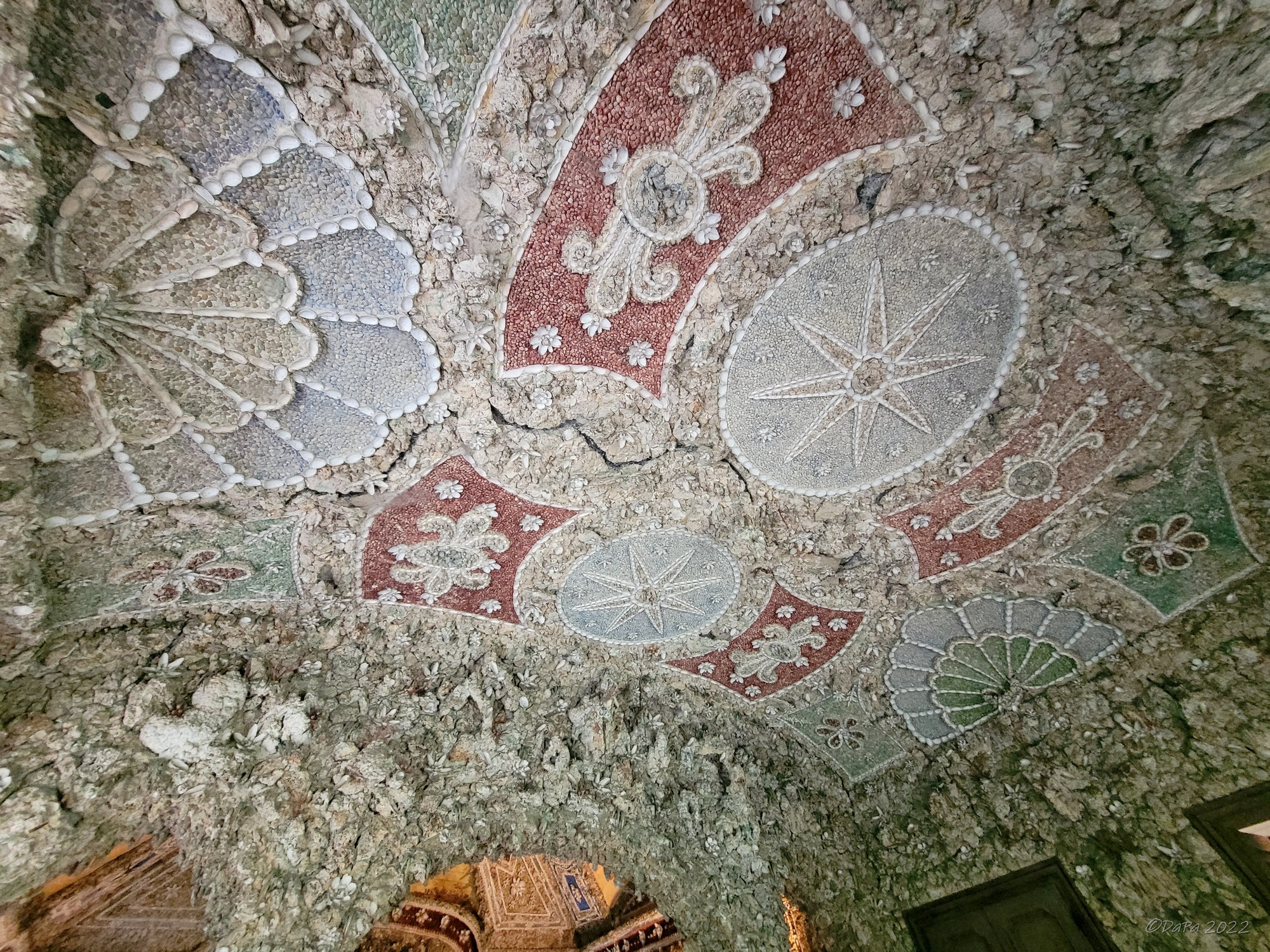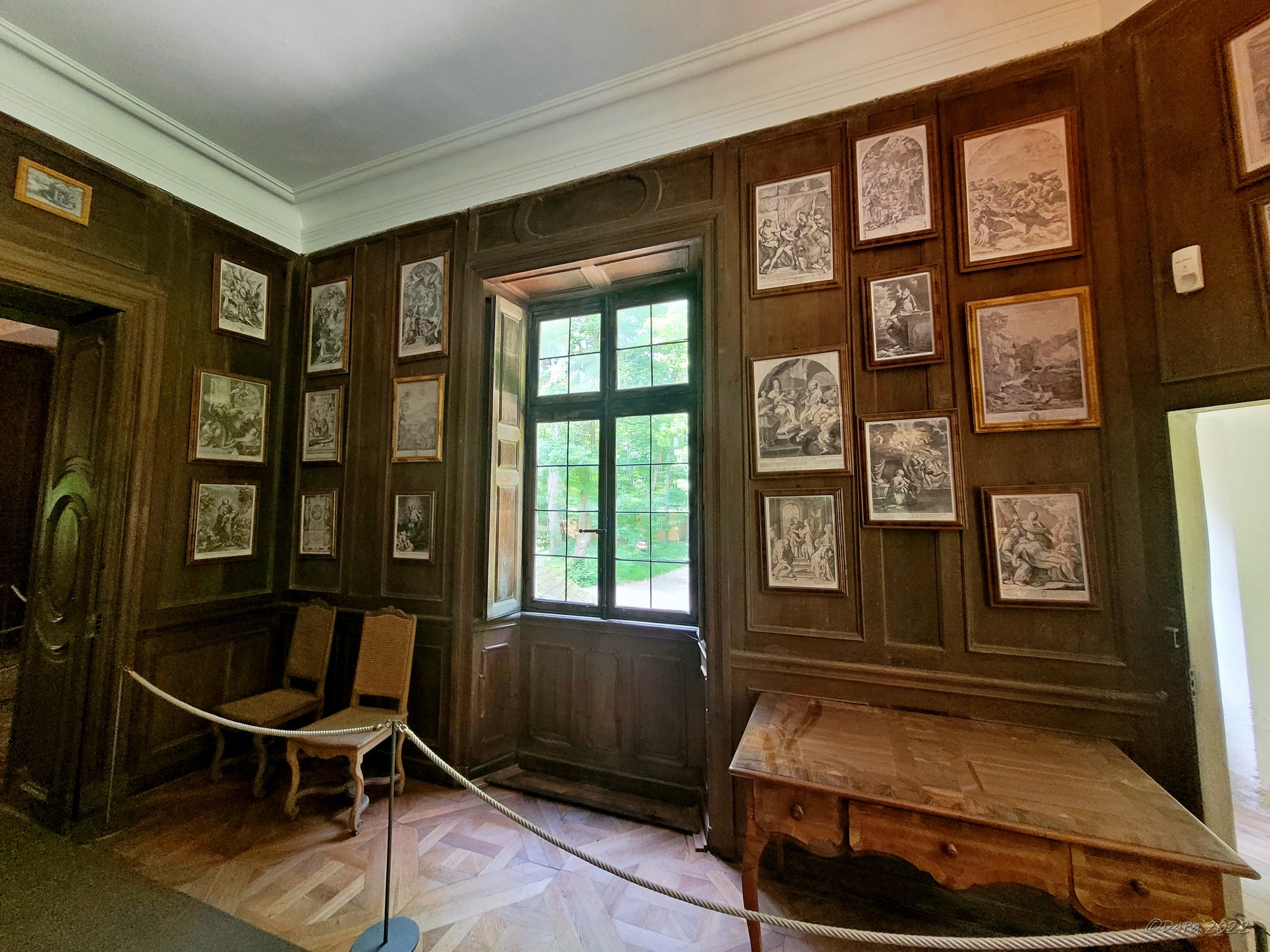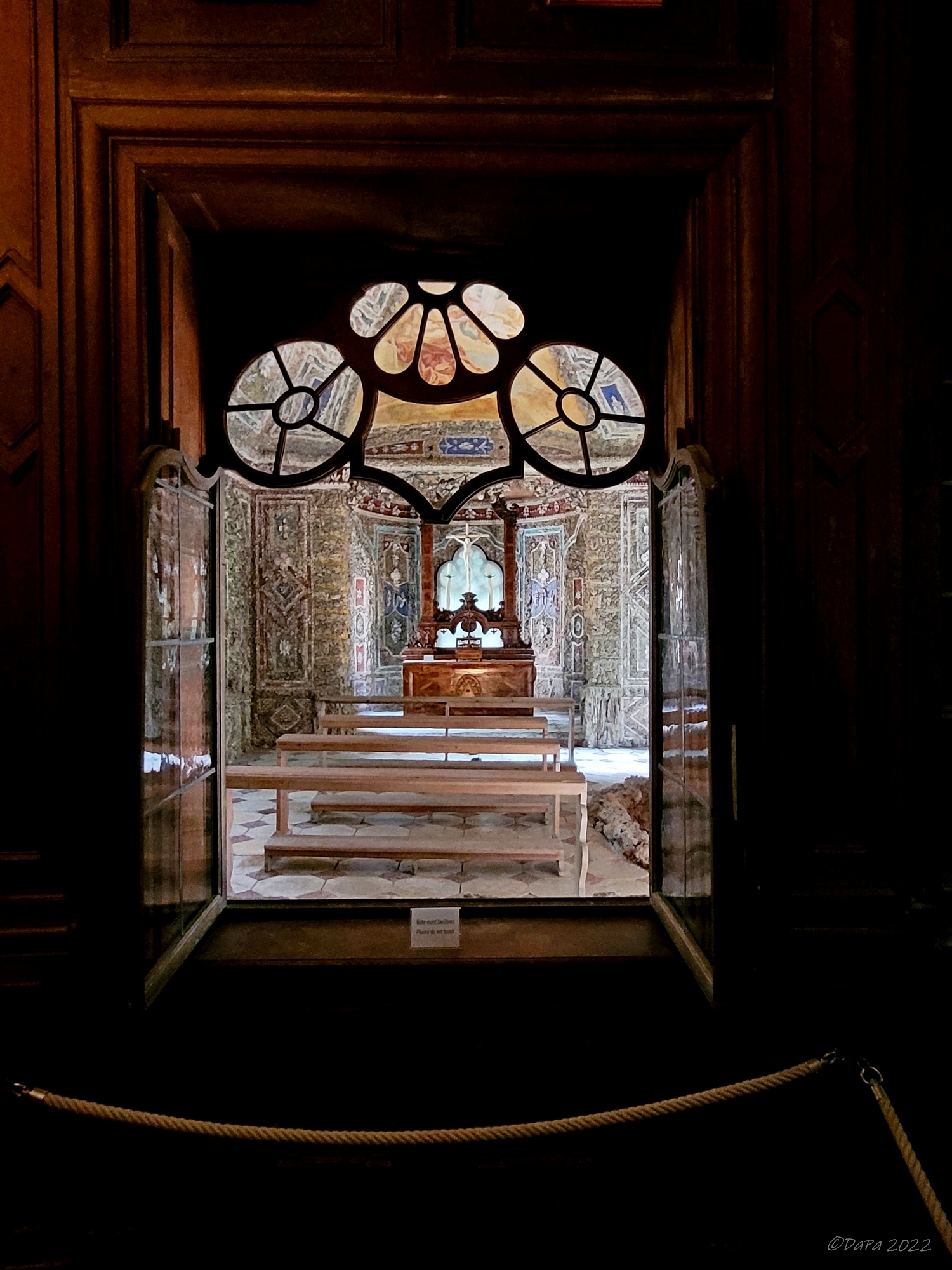One of the last visits we did with public transport before the (first) lockdown was to the Nymphenburg Palace. We did not get to visit it inside but we did go around the main gardens.
We then went back in August (2020) and visited the Palace, the Marstallmuseum and Amalienburg (the other park houses were closed due to covid restrictions).
In 2022 I finally got to visit all Park Houses, Amalianenburg, Badenburg, Pagodenburg and Magdalenenklause. Even though they are small, they are all really impressive!
UPDATE April 2023: In July 2022 we moved to Neuhausen-Nymphenburg, so this is now our home area 🙂 We really like it a lot! Since our collection of photos from the park keeps growing, here is a separate page for it 🙂
Given that we are now around Nymphenburg quite a lot, here’s also a bit of history 🙂
The initial construction of the Nymphenburg Palace started after the birth of Max Emanuel in 1662, when the overjoyed Ferdinand Maria, the Bavarian Elector, gifted the area to his wife, Henriette Adelaide of Savoy. The summer palace was quite small, basically the central building of the current palace, some outbuildings and a small walled garden. From 1701, the Elector Max Emanuel started extending the palace on both sides of the existing building but the construction had to stop between 1704 and 1715 when he was forced to leave Bavaria.
After his return, the works restarted and his plans were much grander involving many leading artists from across Europe. The palace and park designs were carried out by the court architect Joseph Effner and the landscape architect Dominique Girard. Badenburg, Pagodenburg and Magdaleneklause also date from this period. The present day Nymphenburg looks pretty much as their initial designs from around 1715.
Karl Albrecht, the son and heir of Max Emanuel, that later became Emperor Charles II, continued extending Nymphenburg by adding the crescent to house his court, and also by adding the very impressive Amalienburg, a rococo building created by François de Cuvilliés.
Under the next Elector, Max III Joseph, (1745-1777), the palace and the park were given the present day splendour. Most notably, the Great Hall was created by John Baptist Zimmermann and François de Cuvilliés, the park sculptures were added and the porcelain factory was moved to its present location. The next Elector, Karl Theodor, opened the park to public in 1792.
One of the attractions of Nymphenburg palace is the Gallery of Beauties, that includes a collection of paintings commissioned by King Ludwig I (reigned 1825-1848) of the most beautiful women during his times.
Nymphenburg continued to remain important also after Bavaria became a kingdom in early 19th century and further landscaping was done to the park to reflect the English style. King Maximilian I Joseph, the first Bavarian King, died here in 1825.
Ludwig II was born at Nymphenburg on 25 August 1845.
Nymphenburg Palace

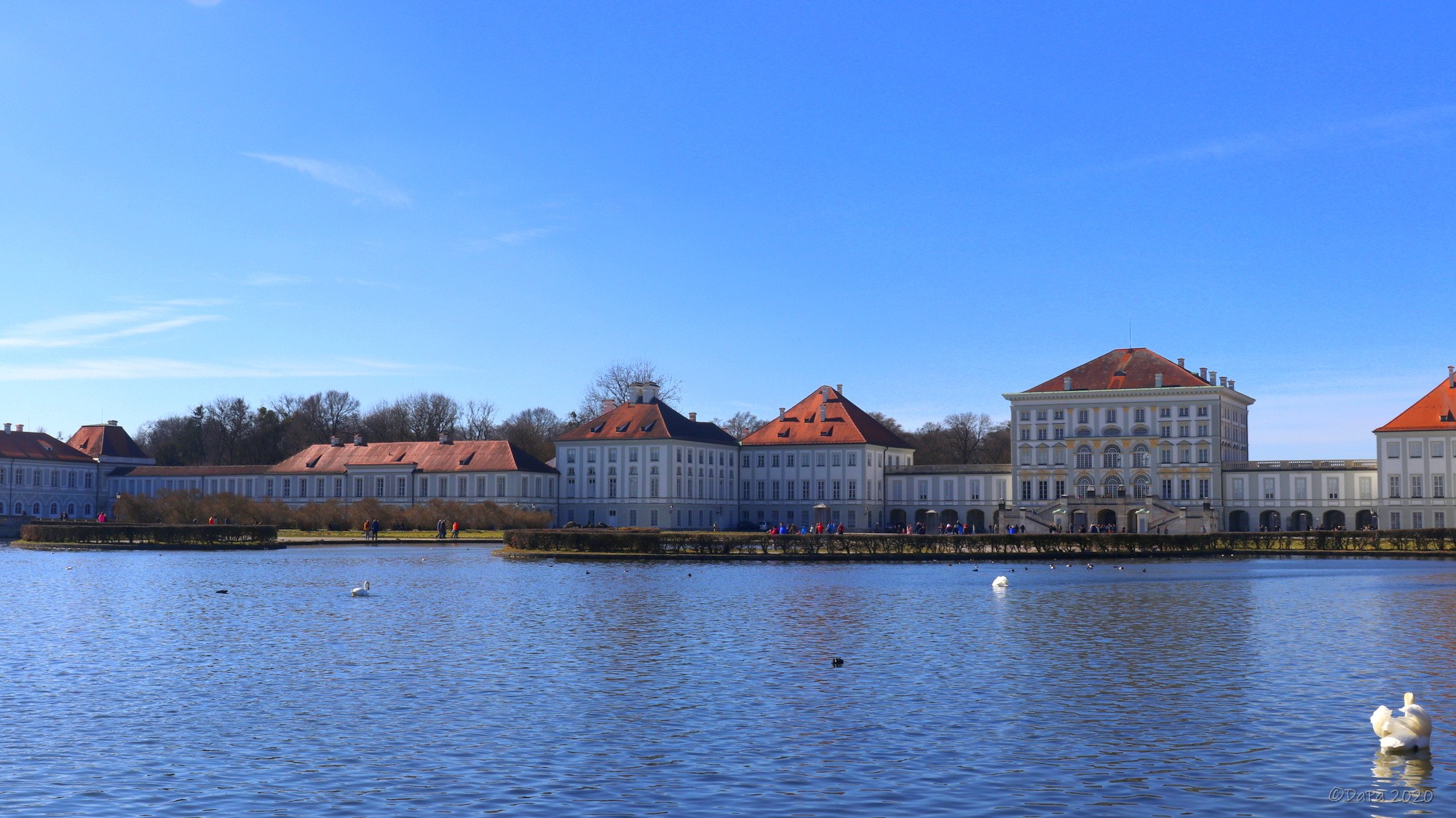

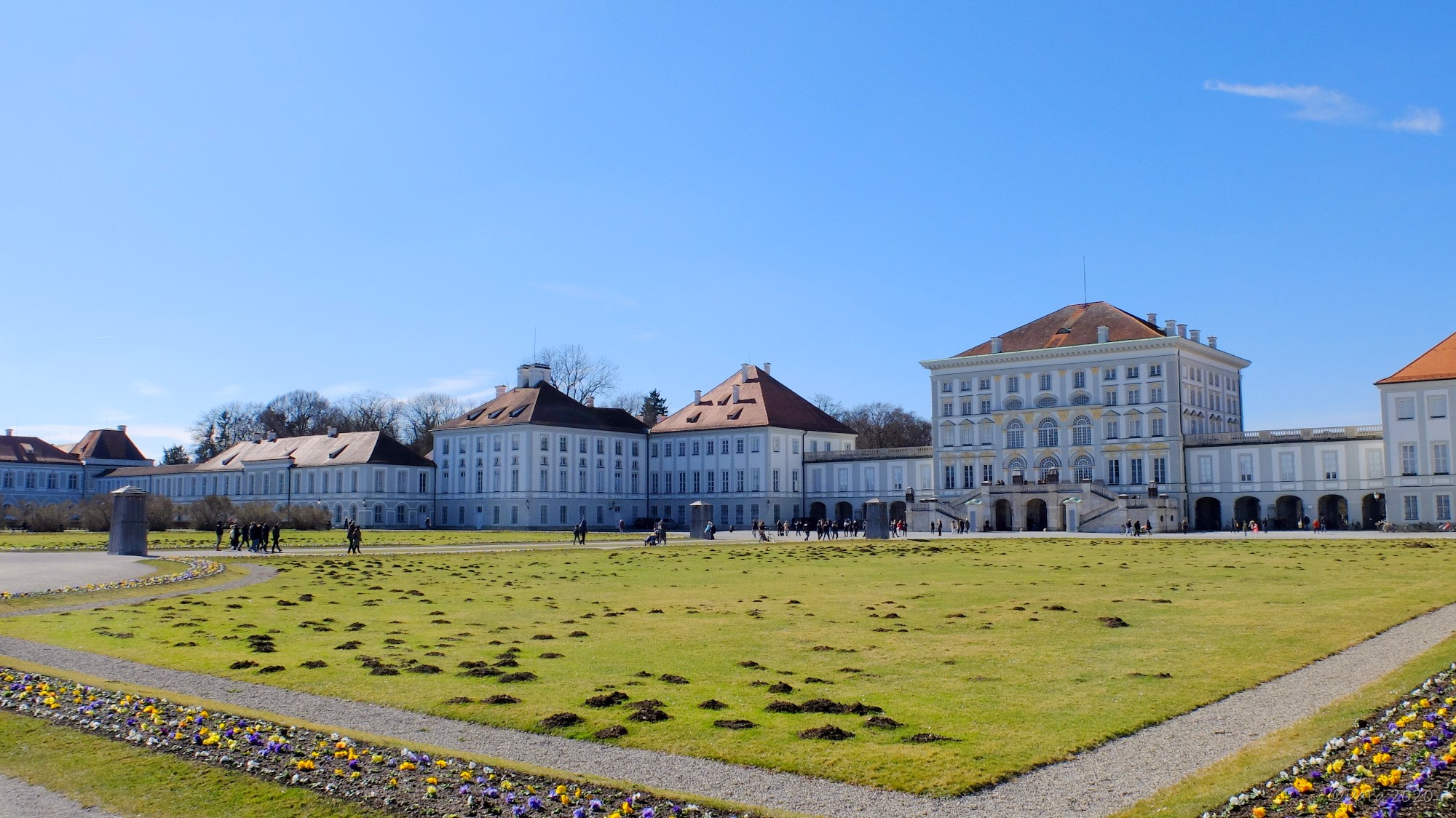






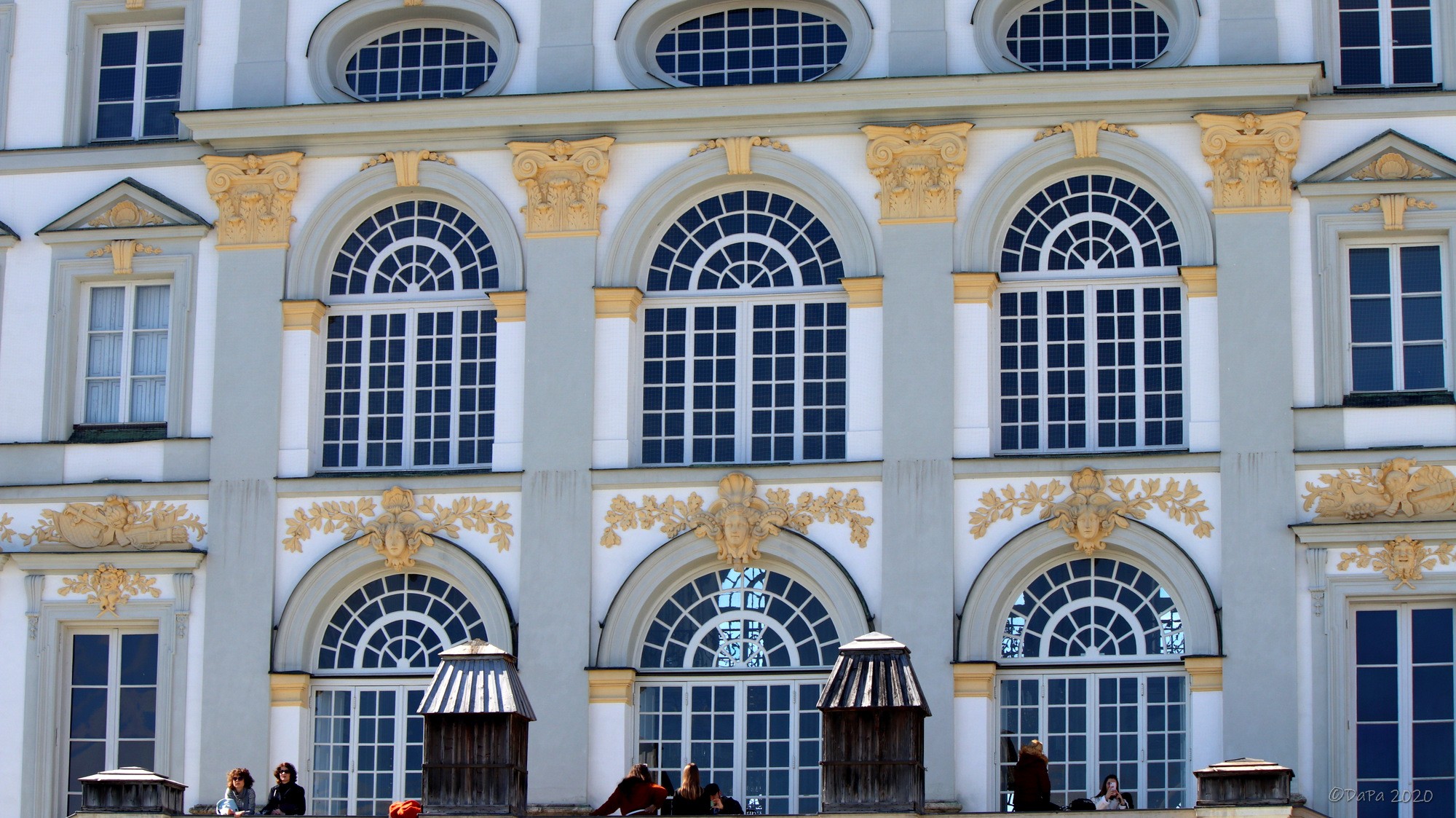




When we went there the second time, in August 2020, we were really lucky with the weather. The walks around the park were a real pleasure and the pretty clouds made it all even better 🙂





























Nymphenburg Palace was not very big (at least not the rooms we could visit) but it had some very impressive rooms, such as the Great Hall and the Gallery of Beauties.




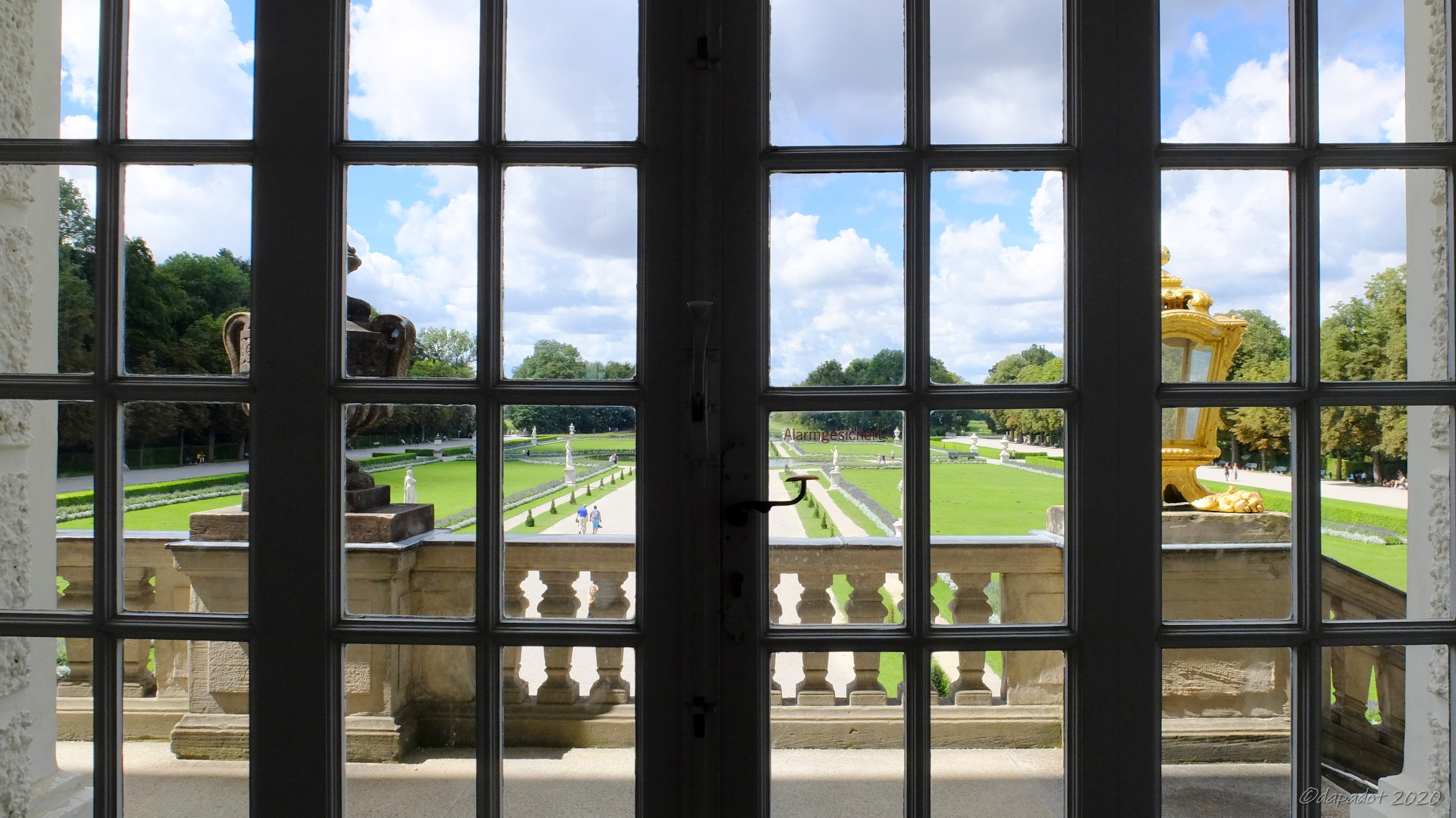



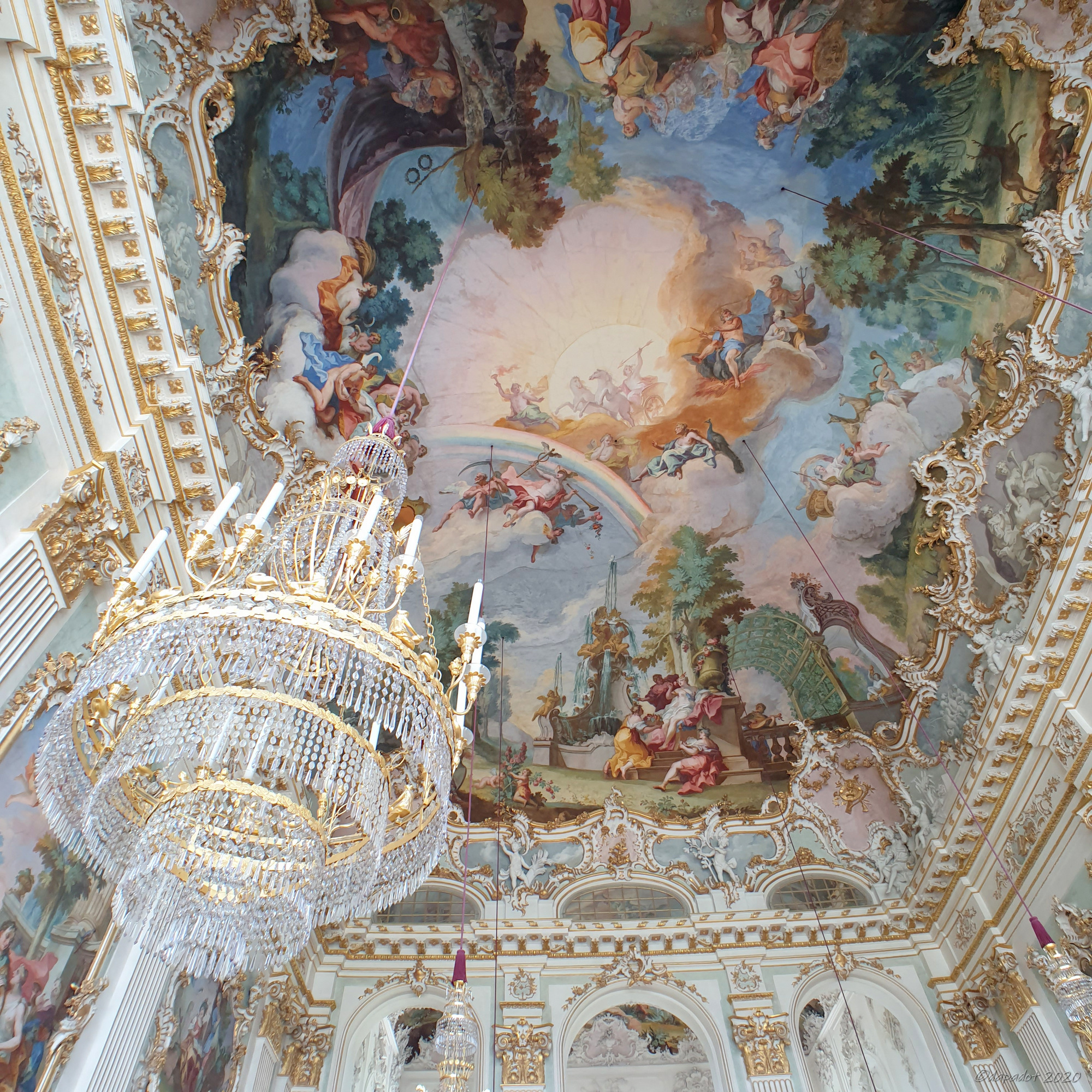



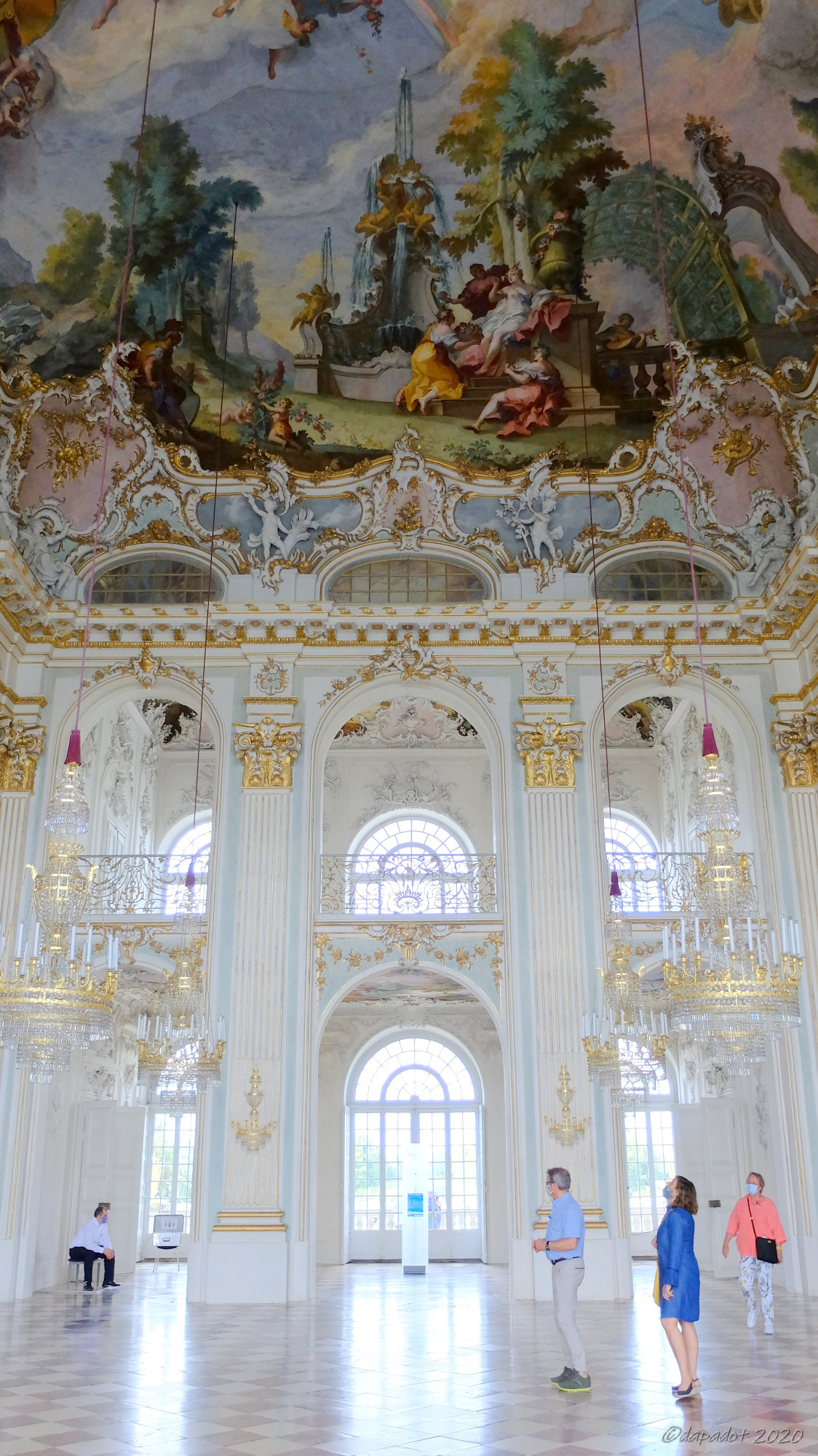






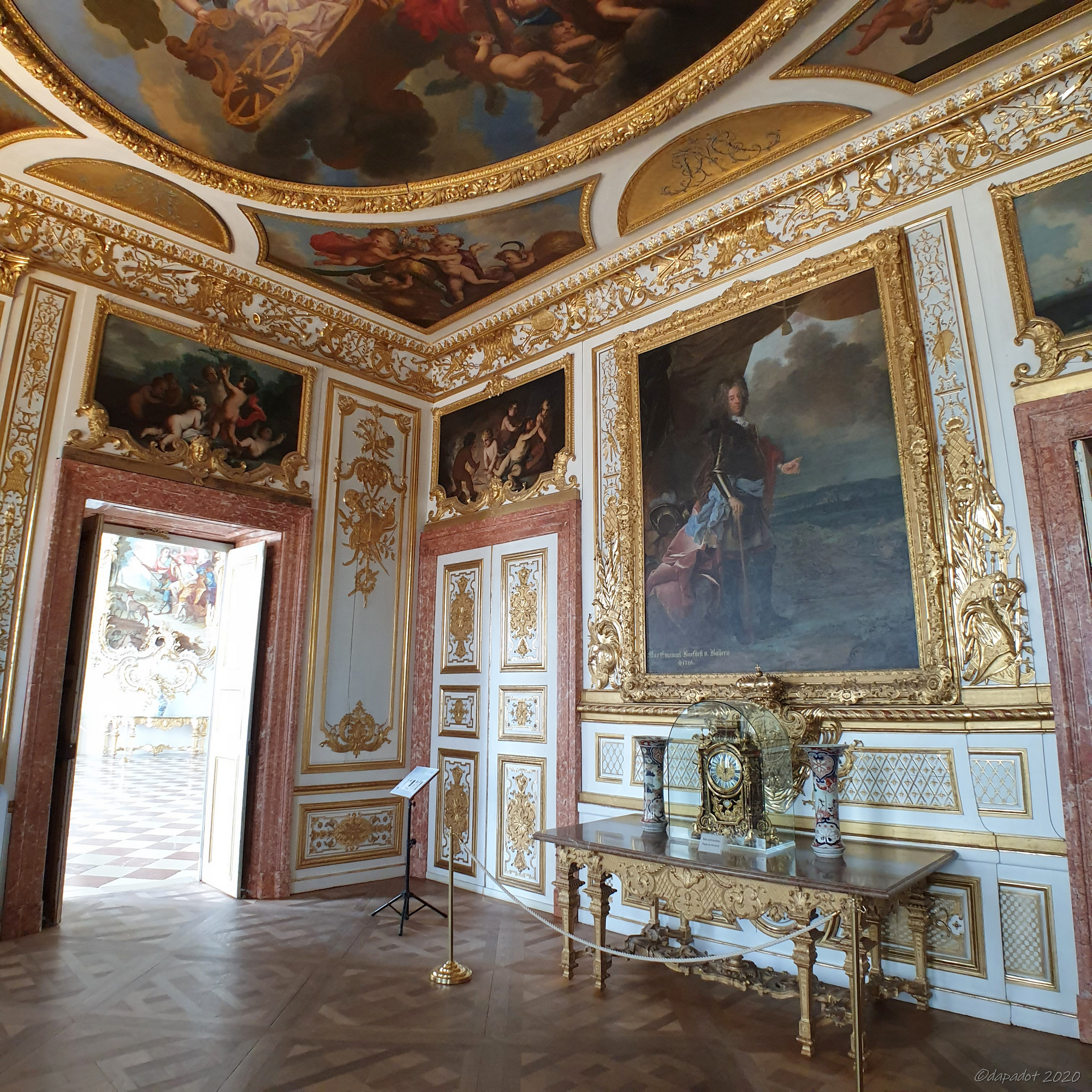




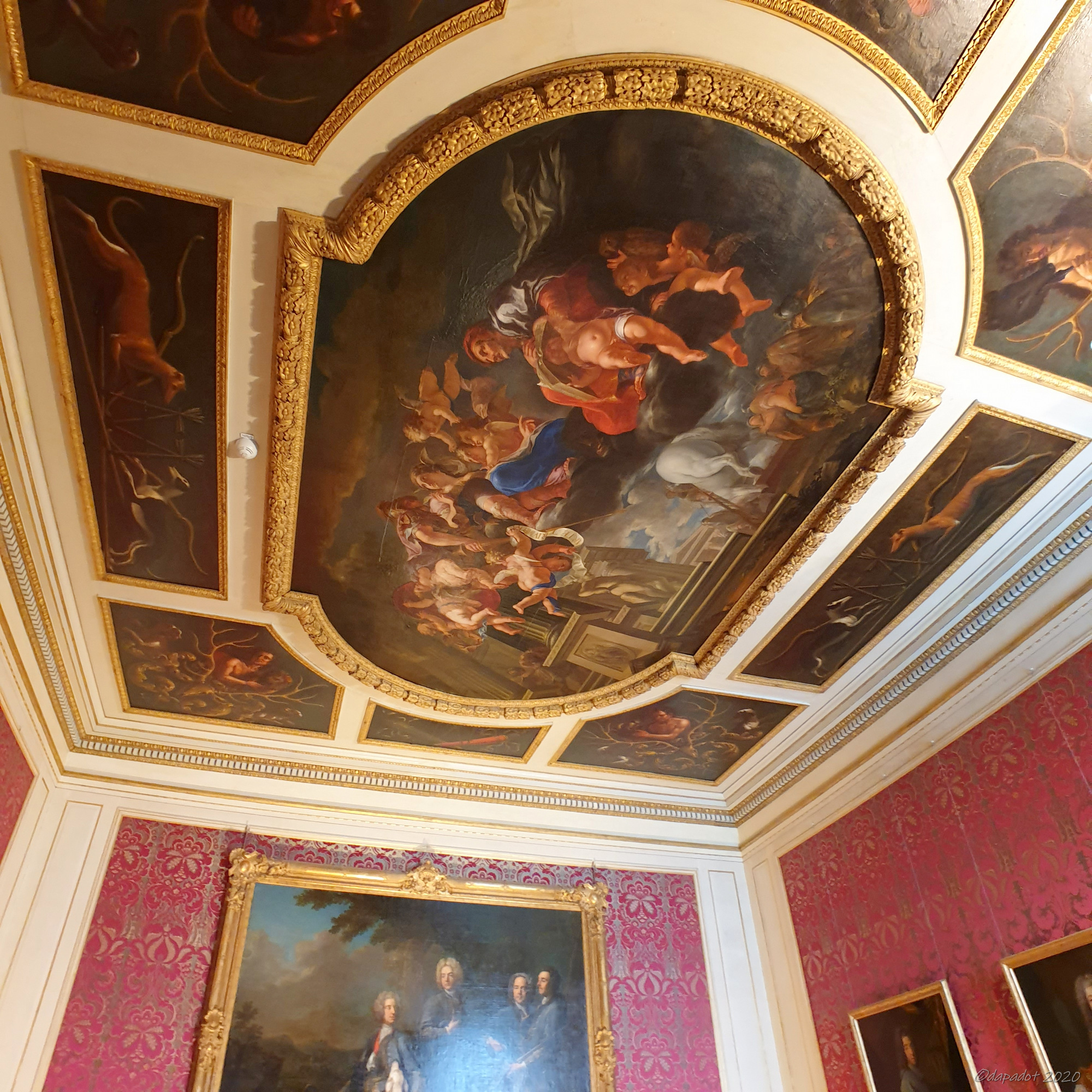












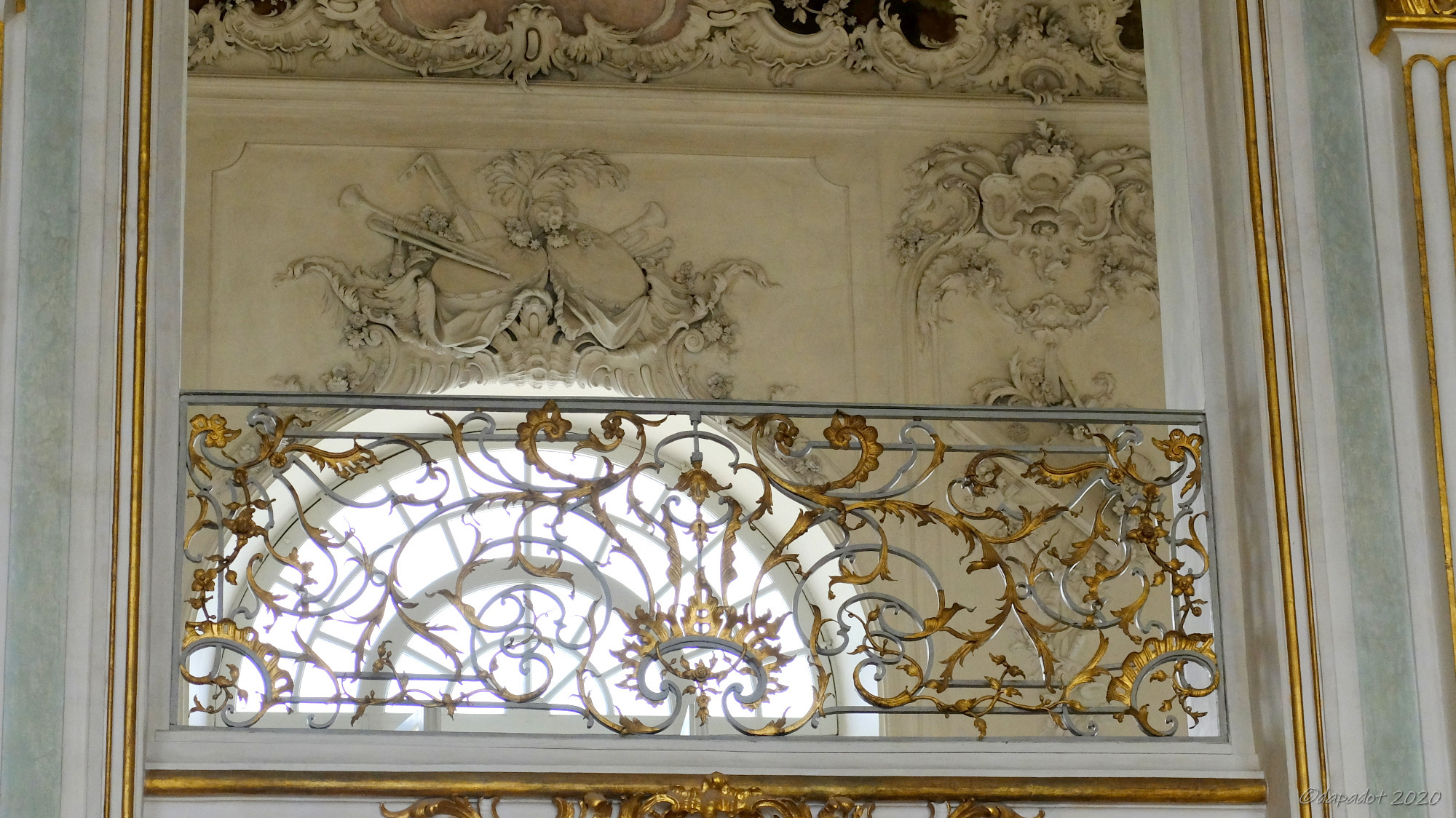










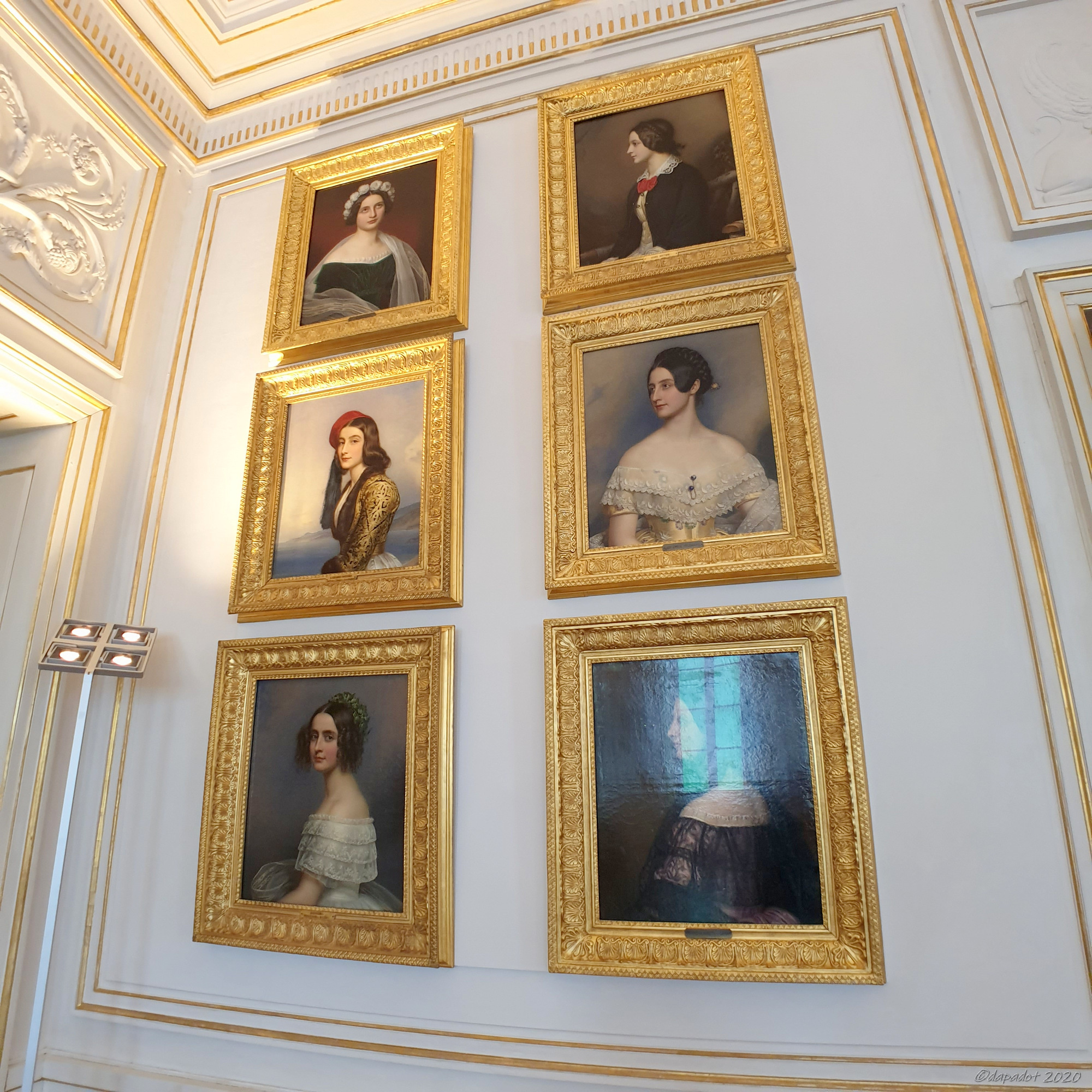









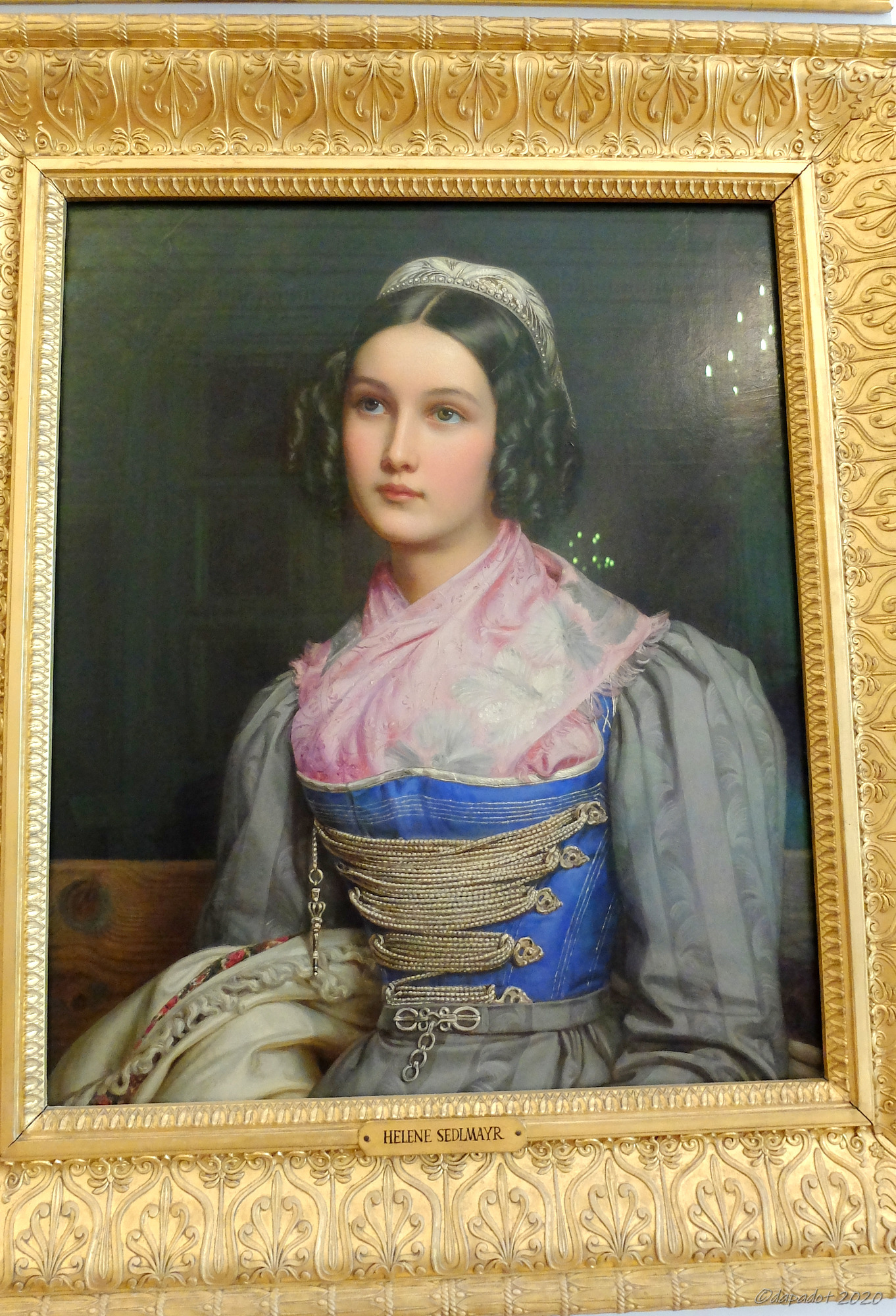





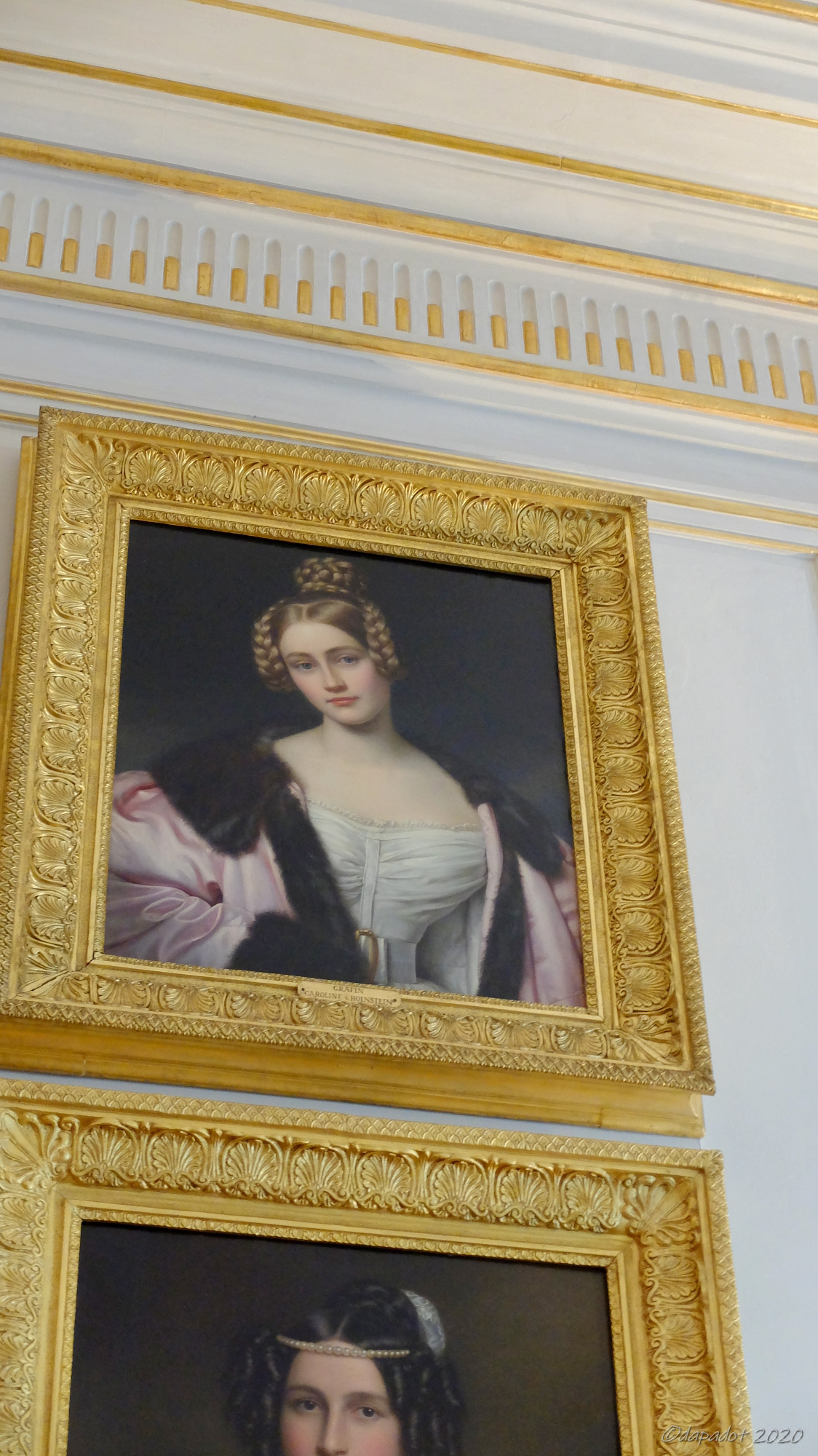












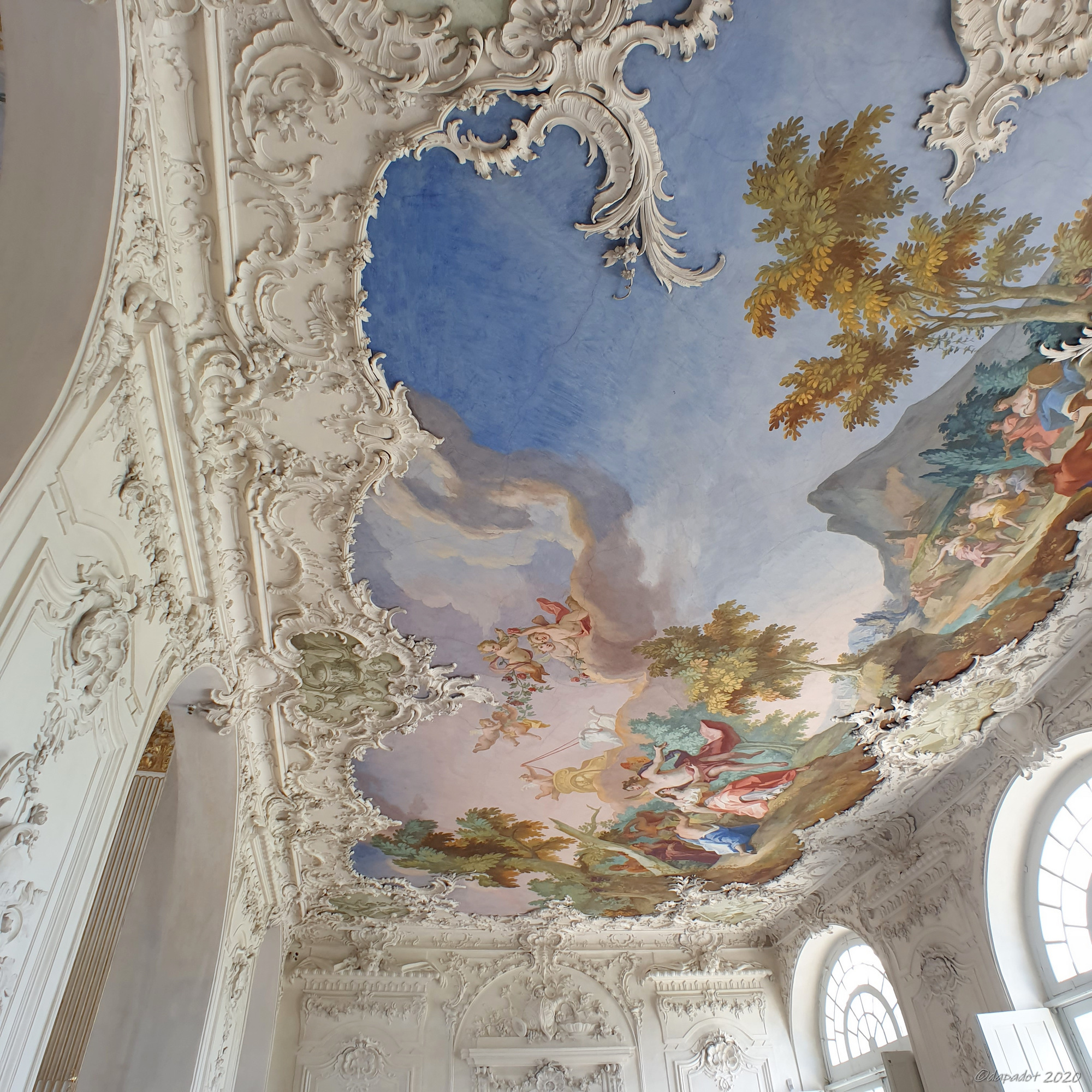





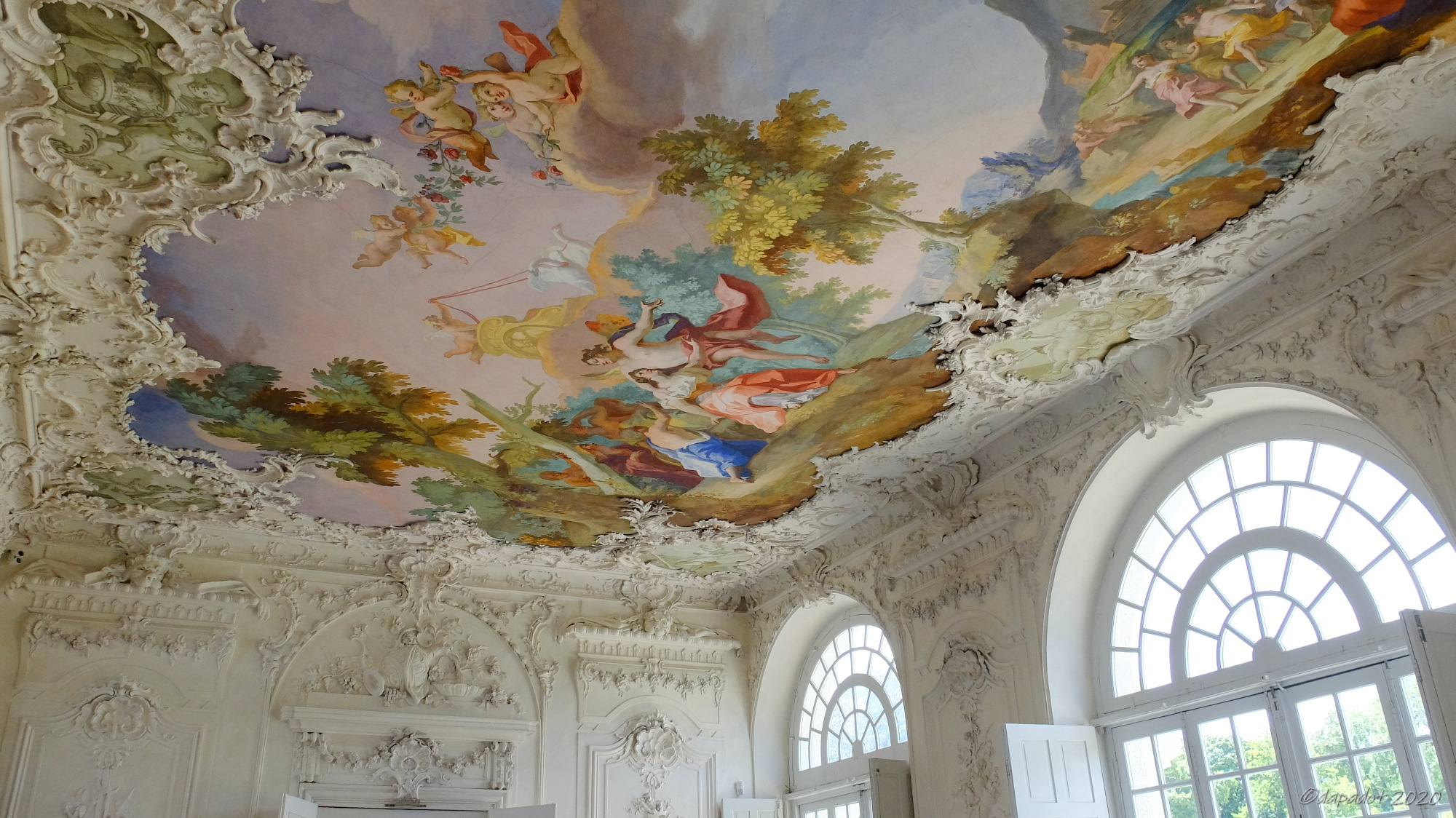
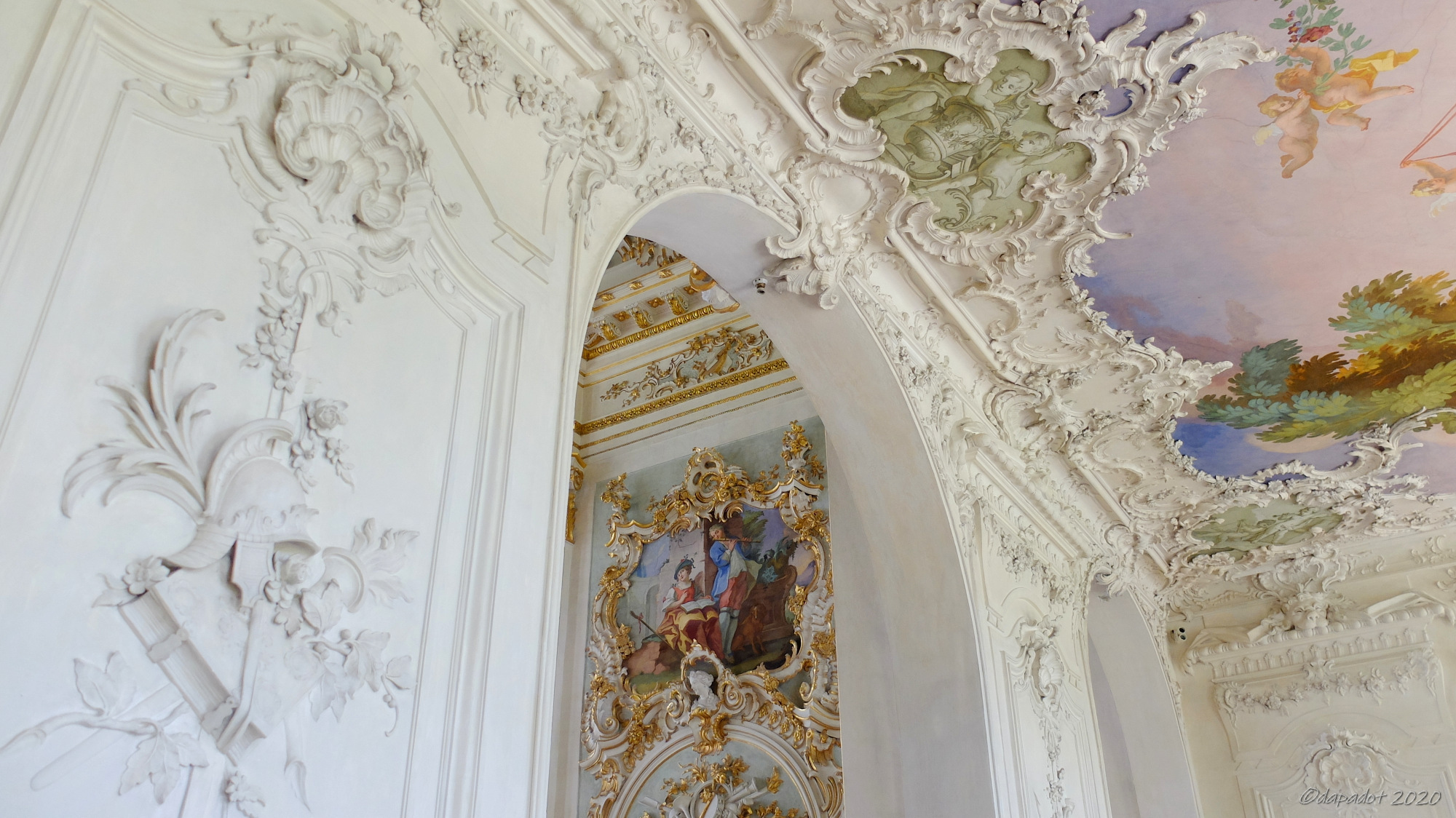
Marstallmuseum
The Marstallmuseum houses a very impressive collection of royal coaches and sleighs, as well as beautiful porcelain produced in the Nymphenburg factory.

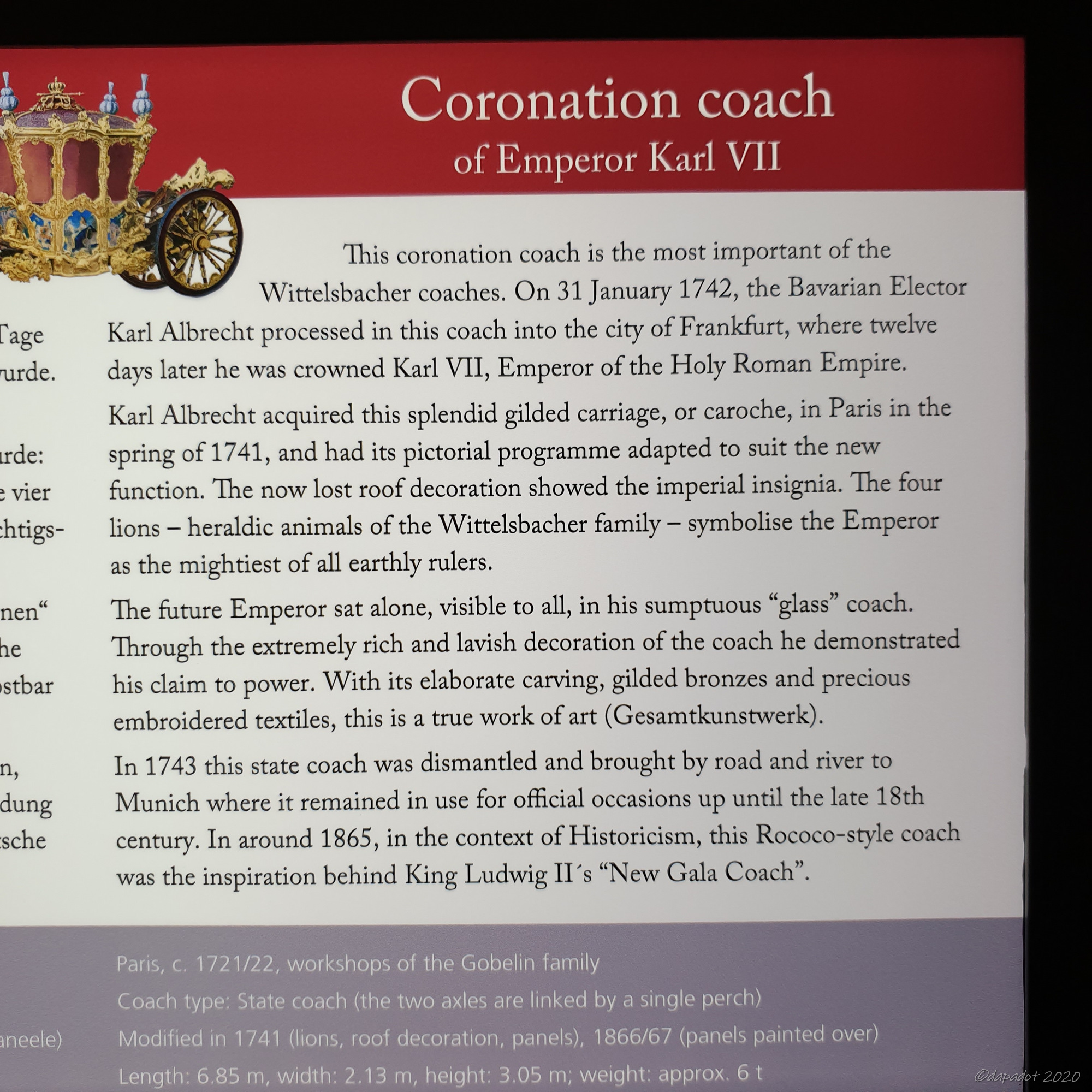








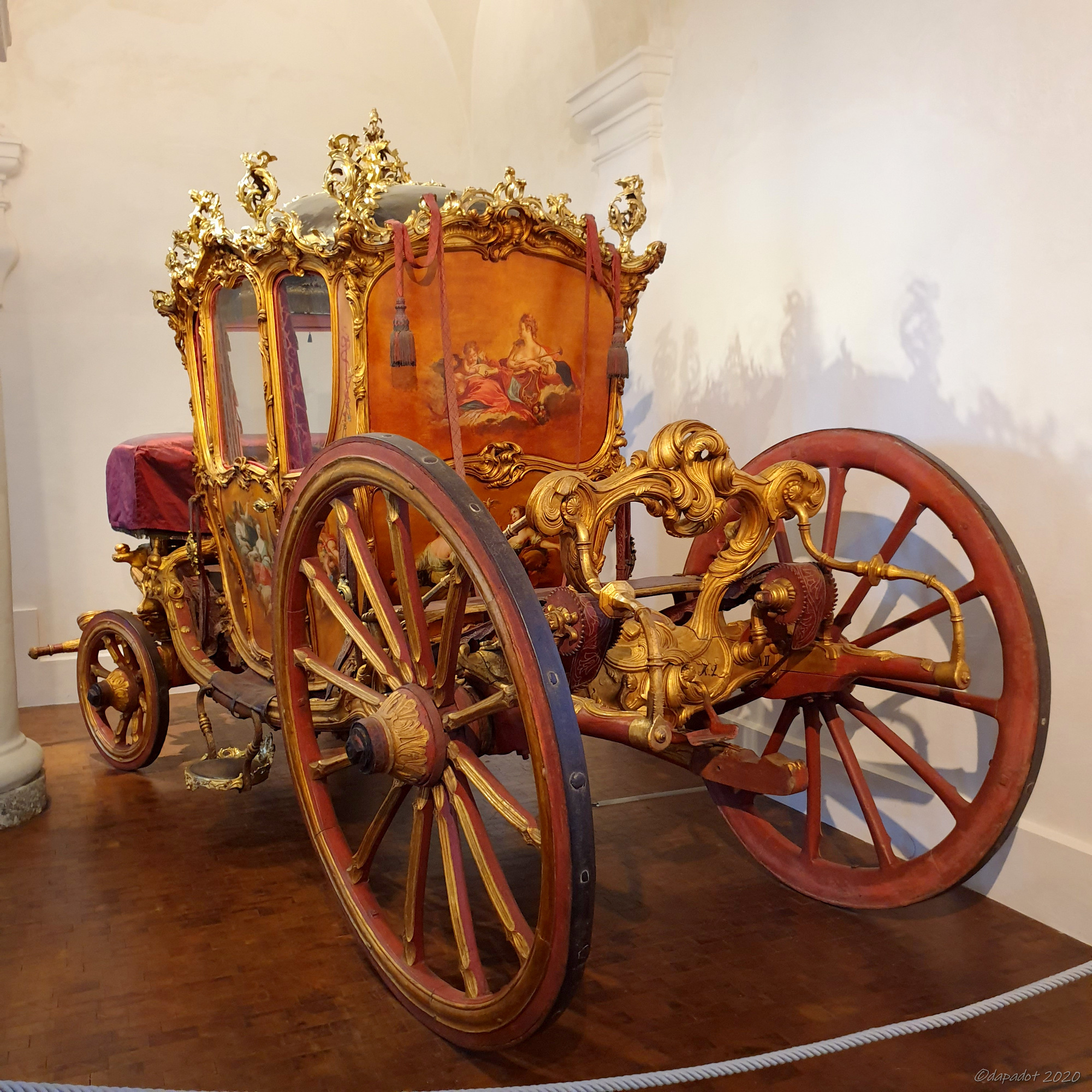







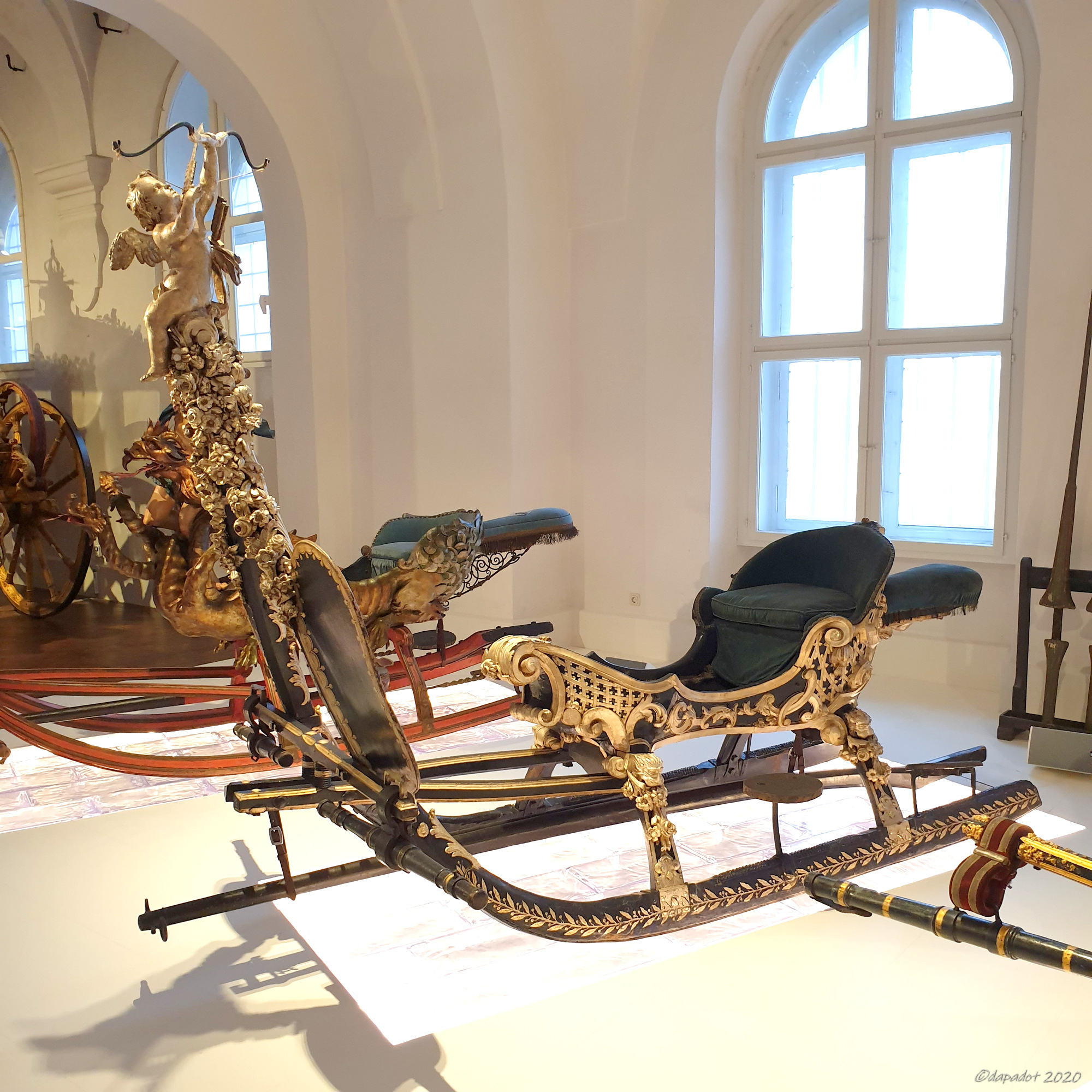
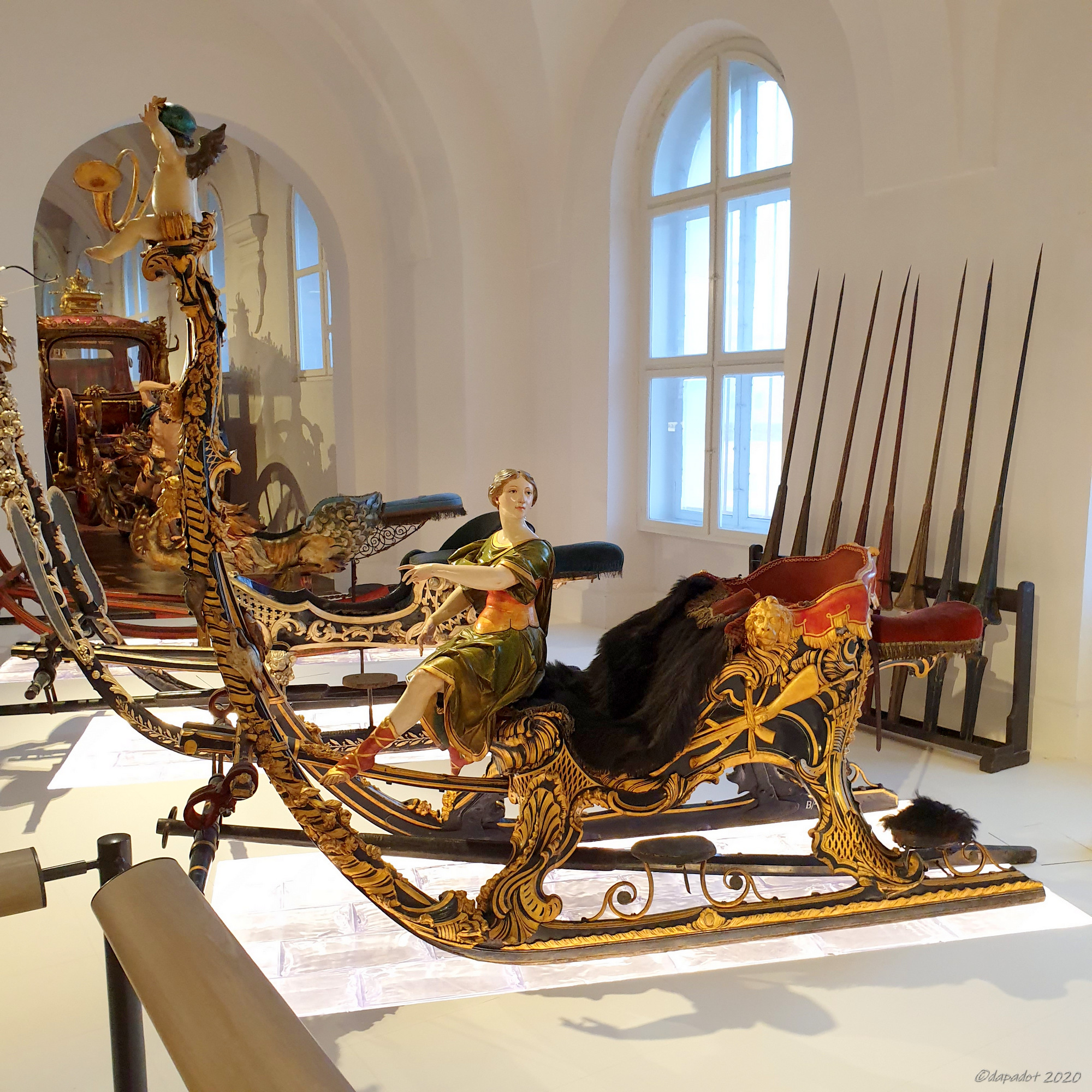












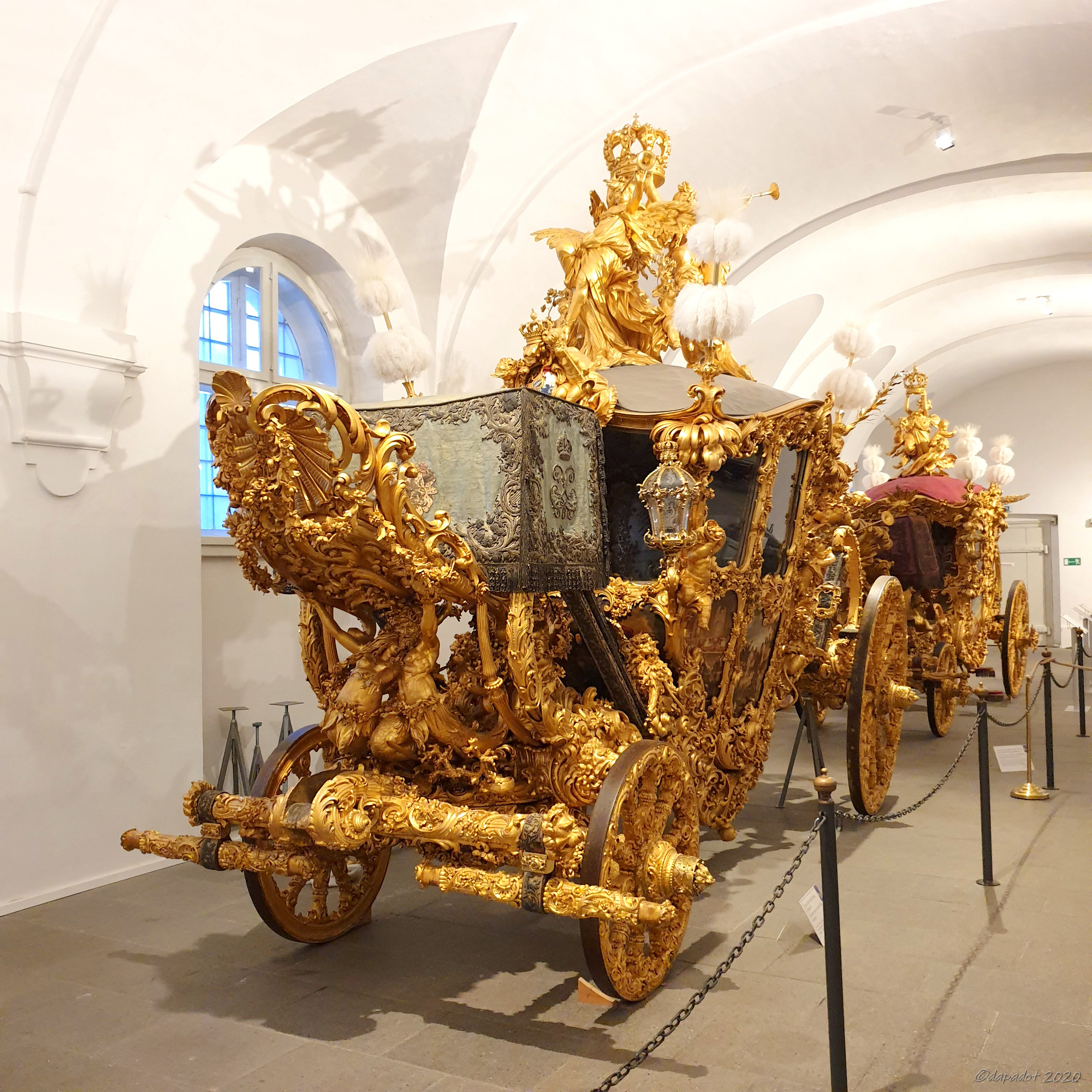
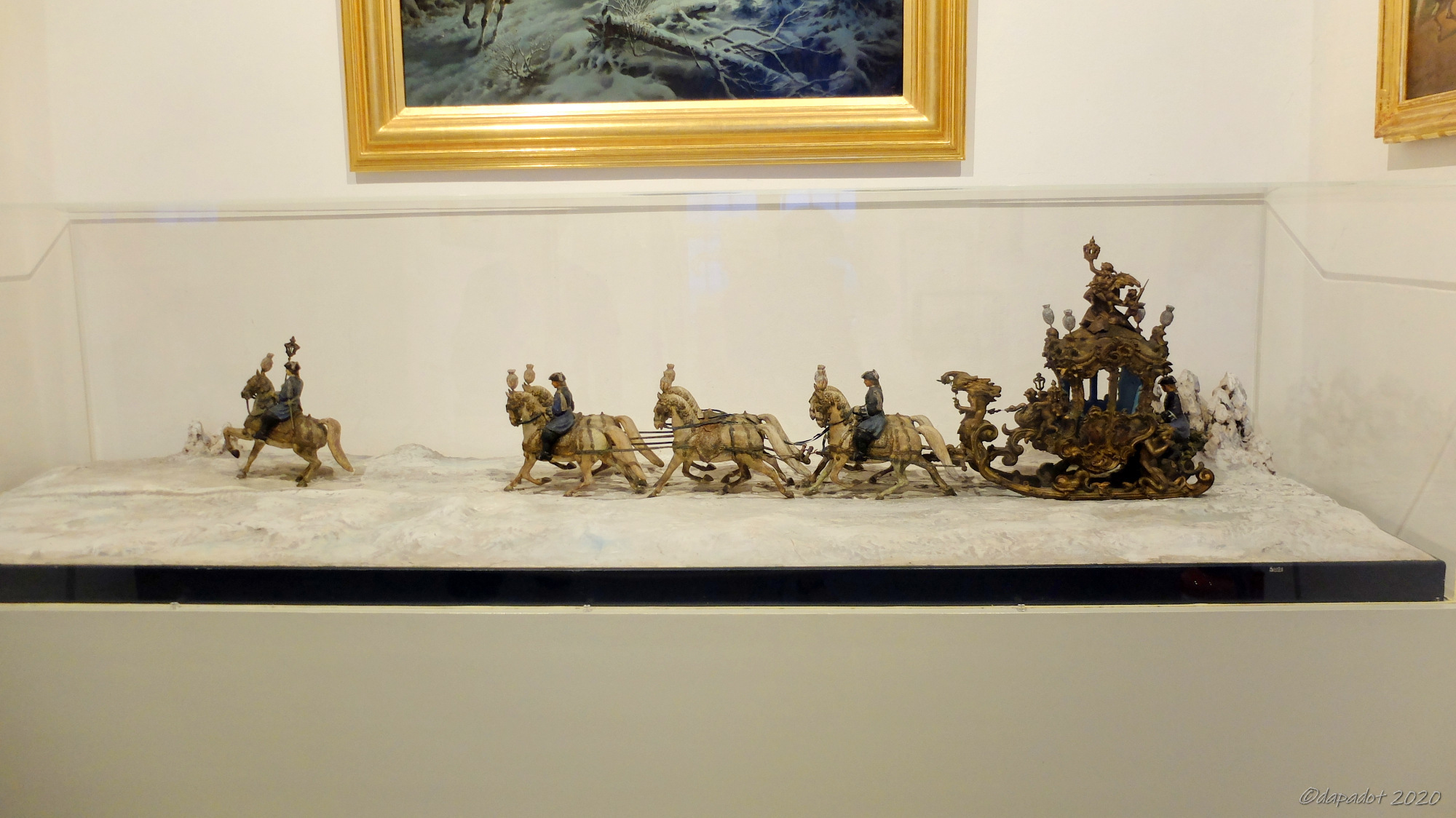













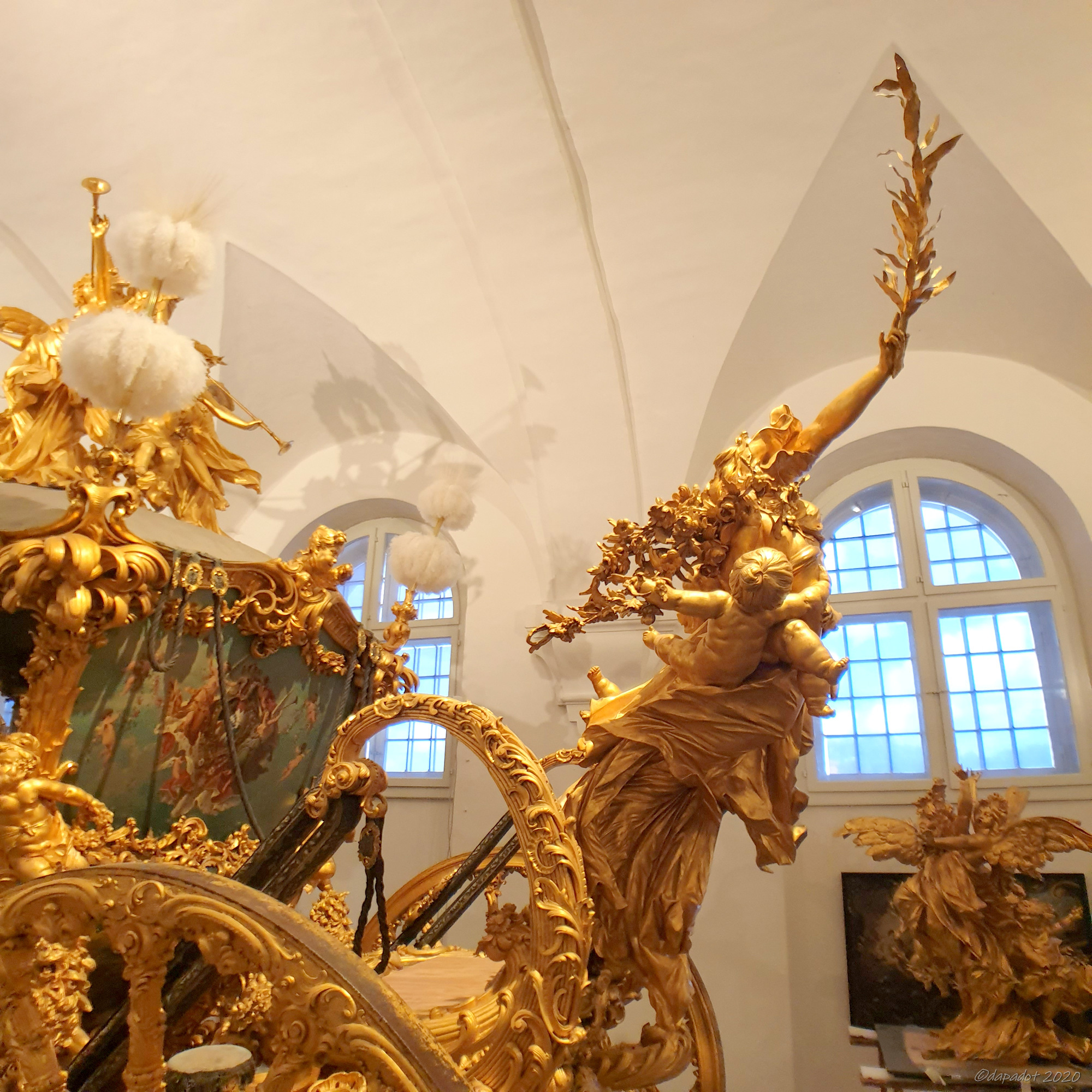
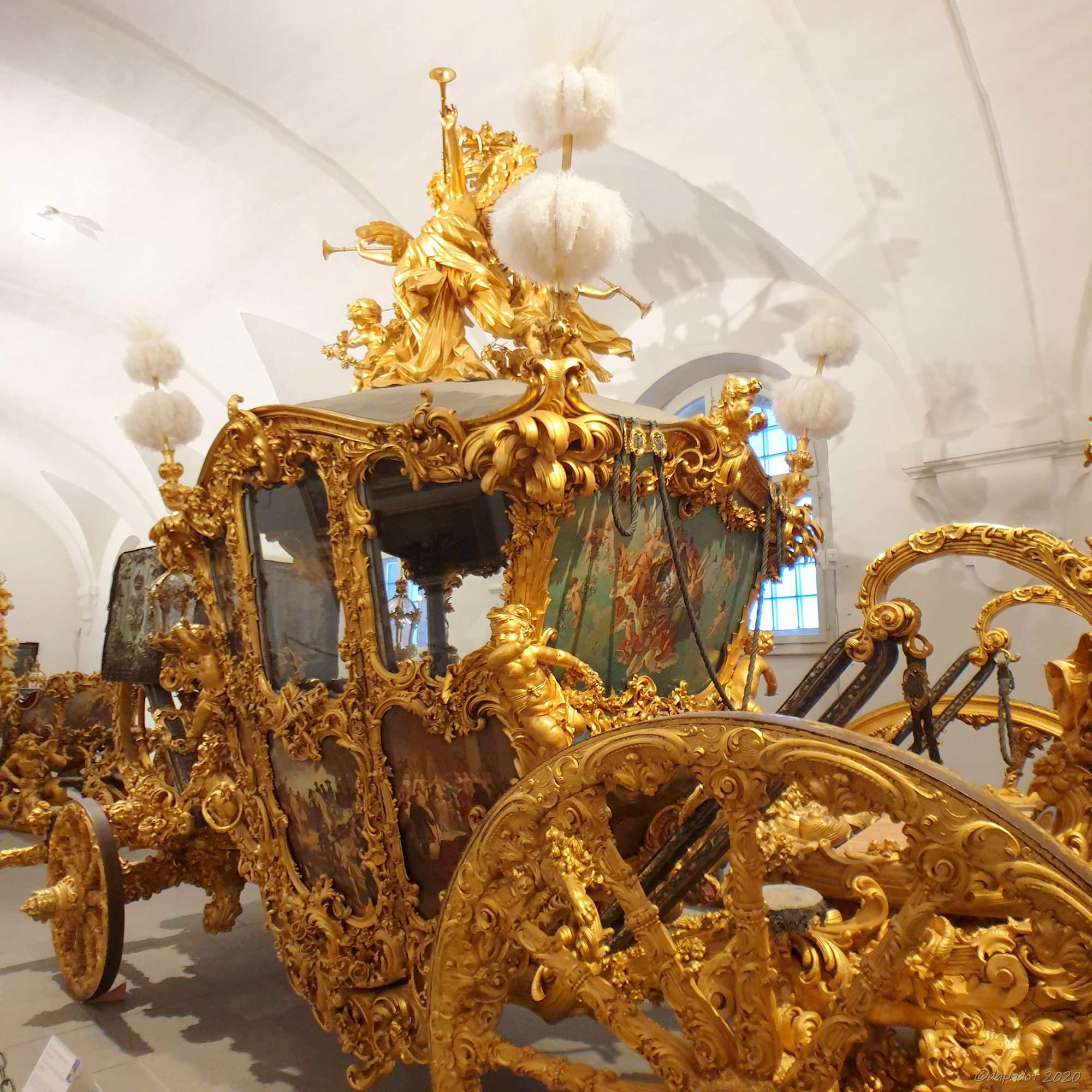












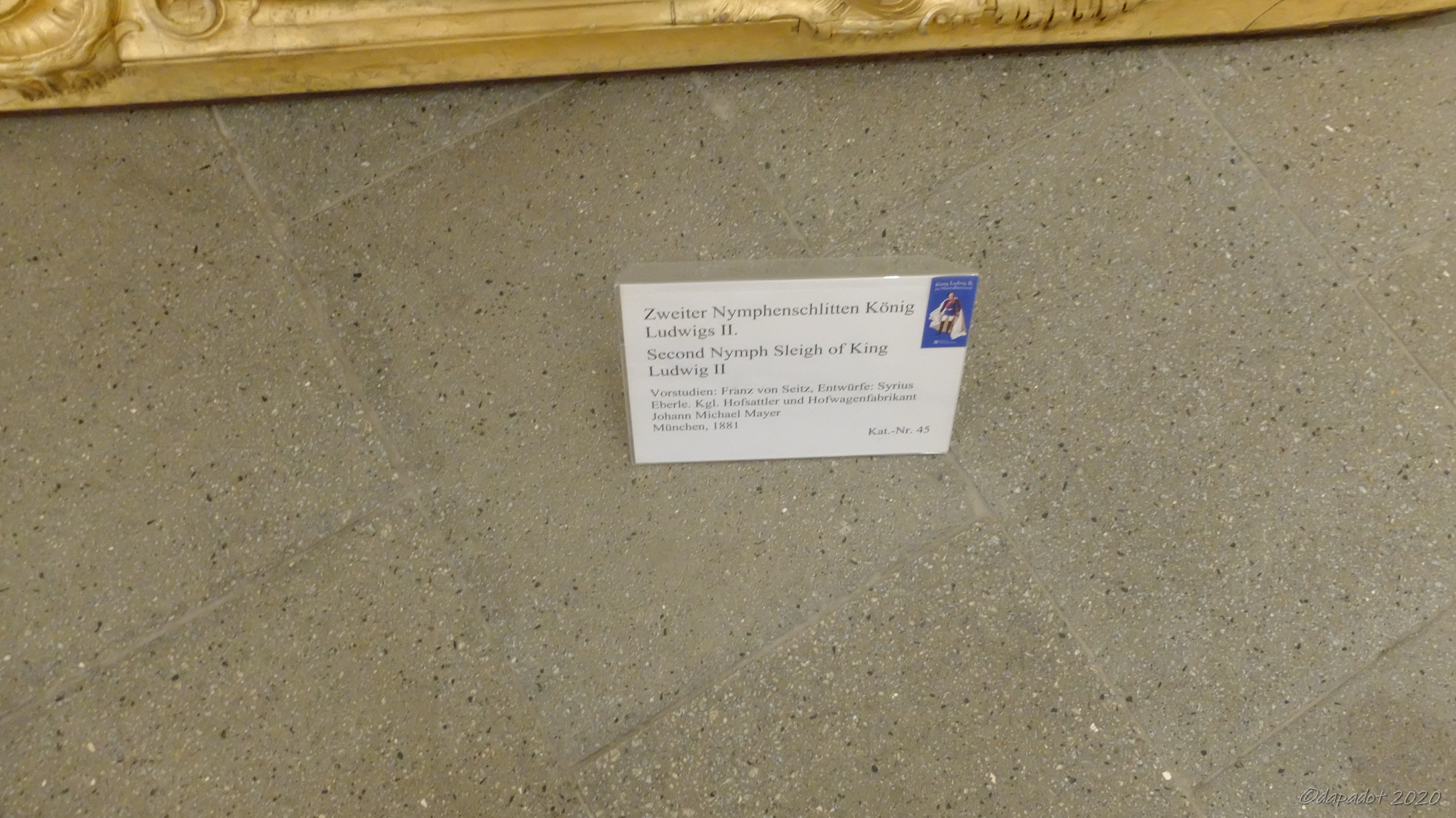
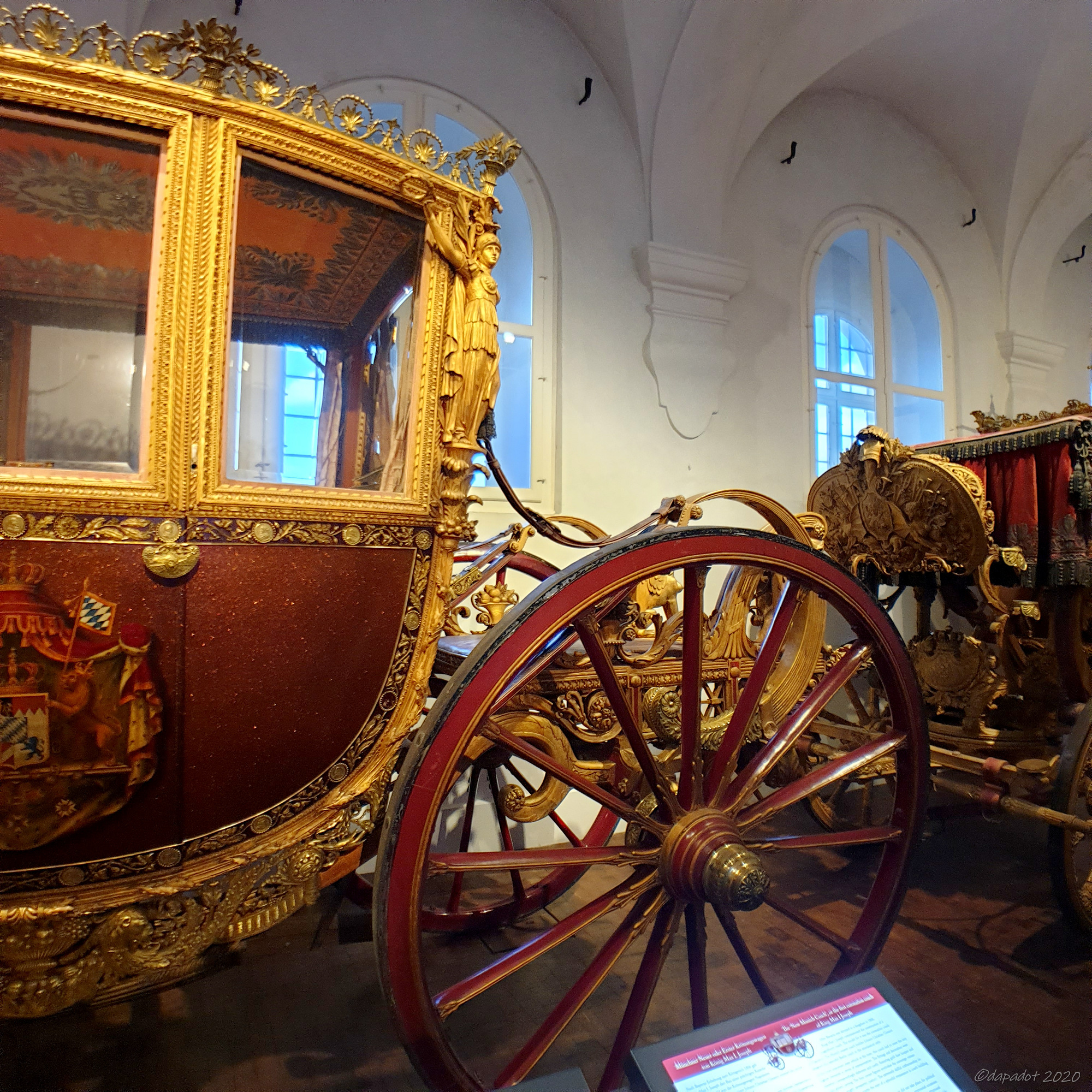





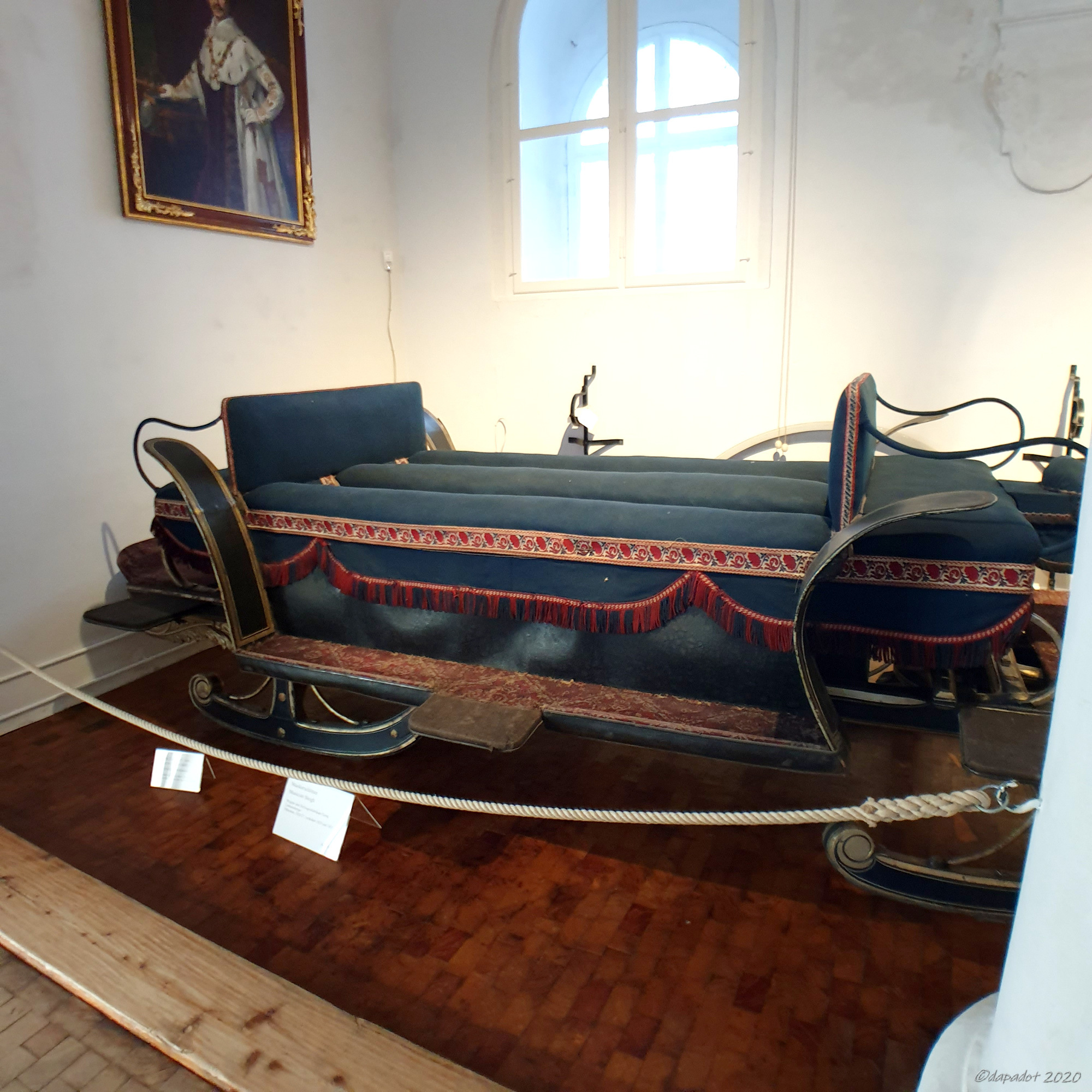




















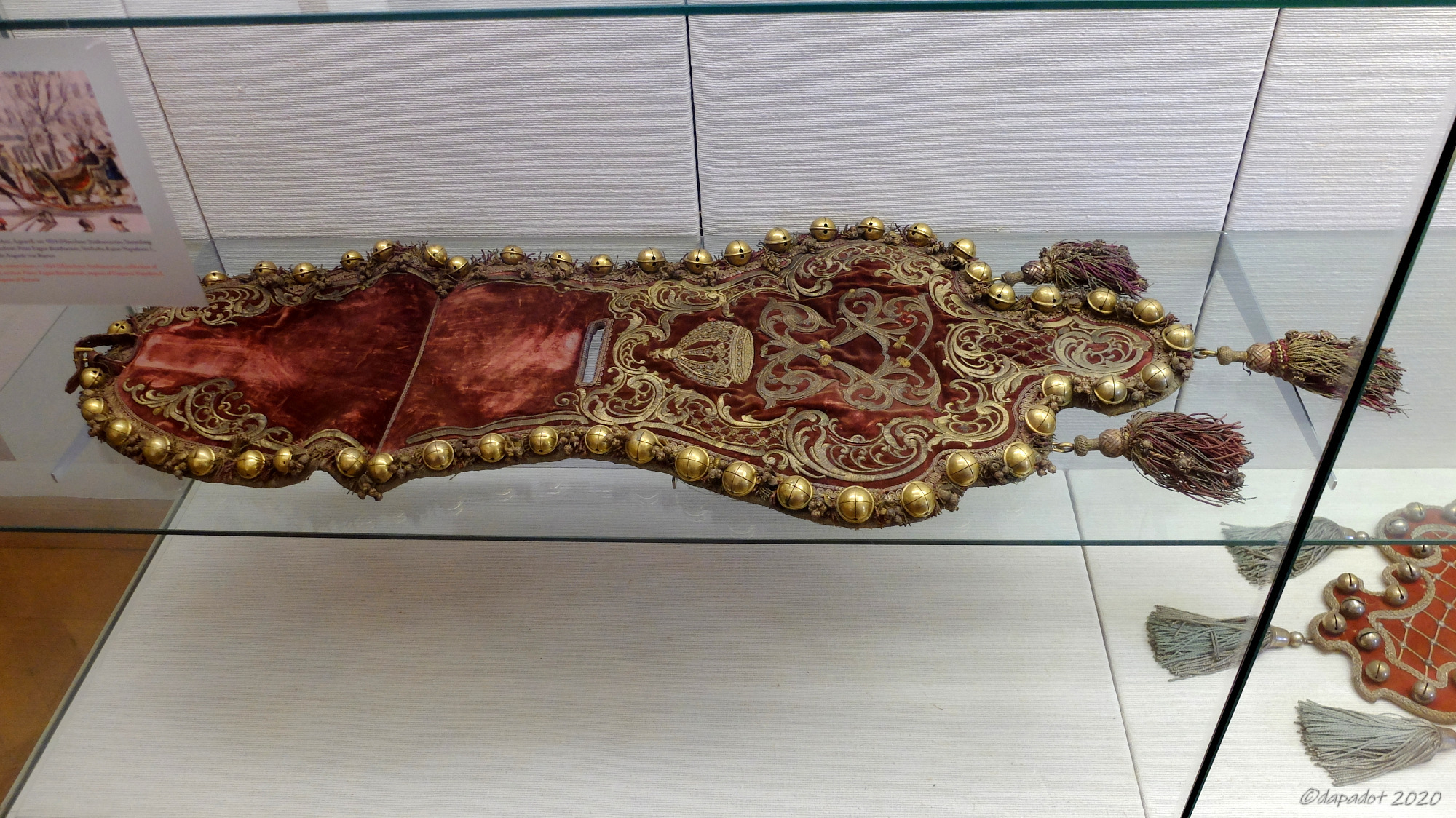















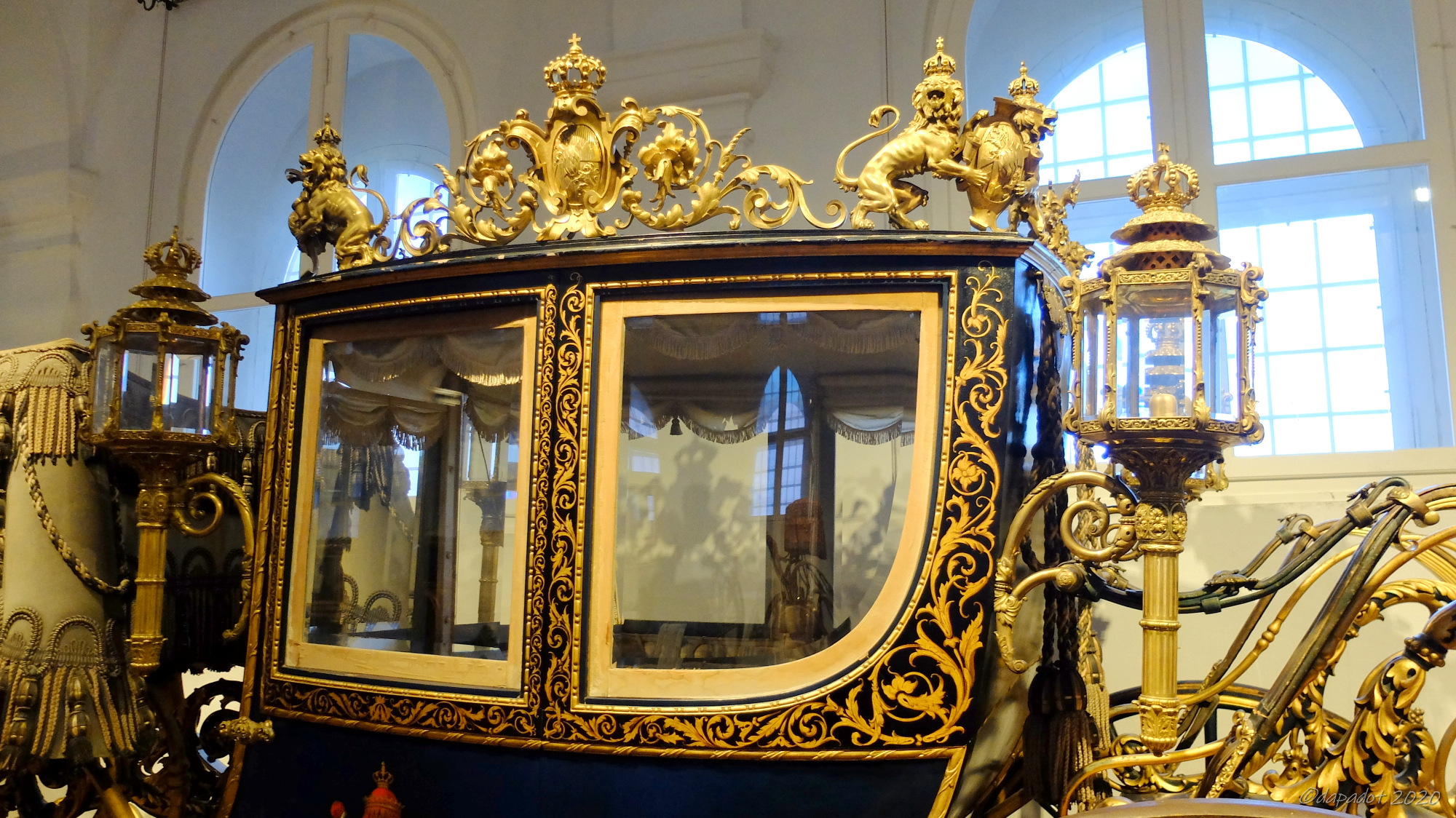
Park Houses
One of the most impressive buildings we’ve seen so far was Amalienburg, a small pleasure and hunting lodge for Elector Karl Albrecht and his wife, Maria Amalia. It does not look as much from the outside but inside it definitely has the Wow factor 🙂






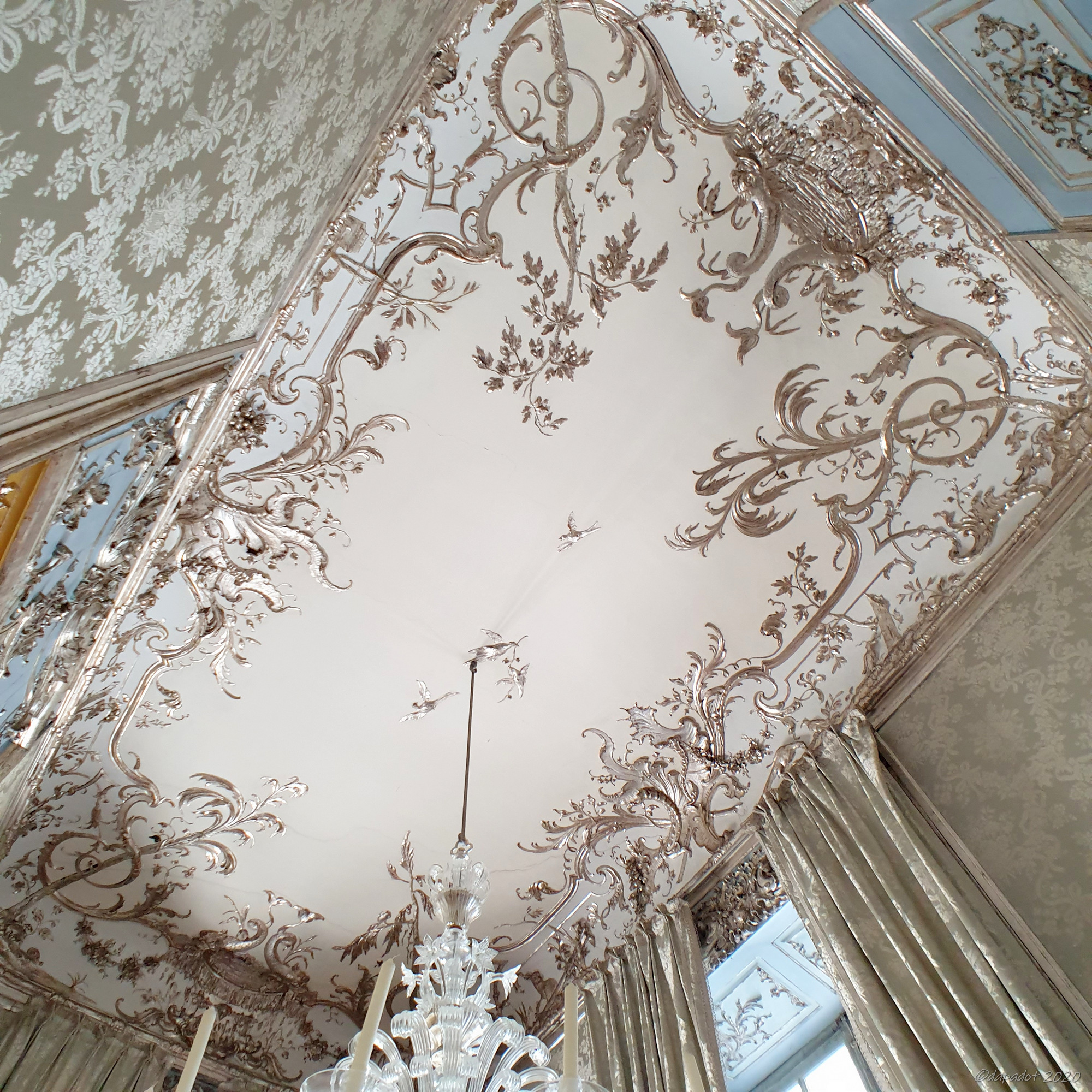

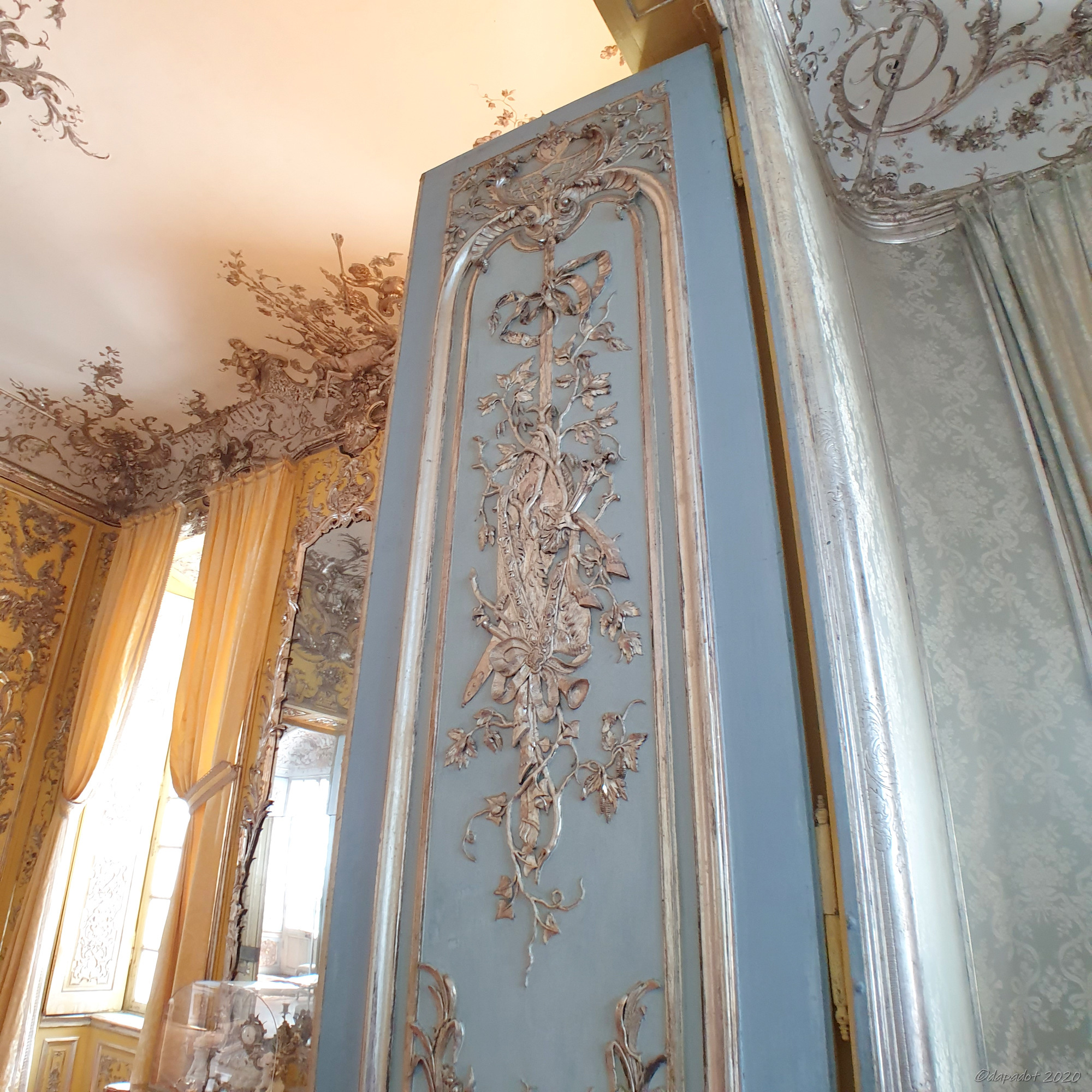







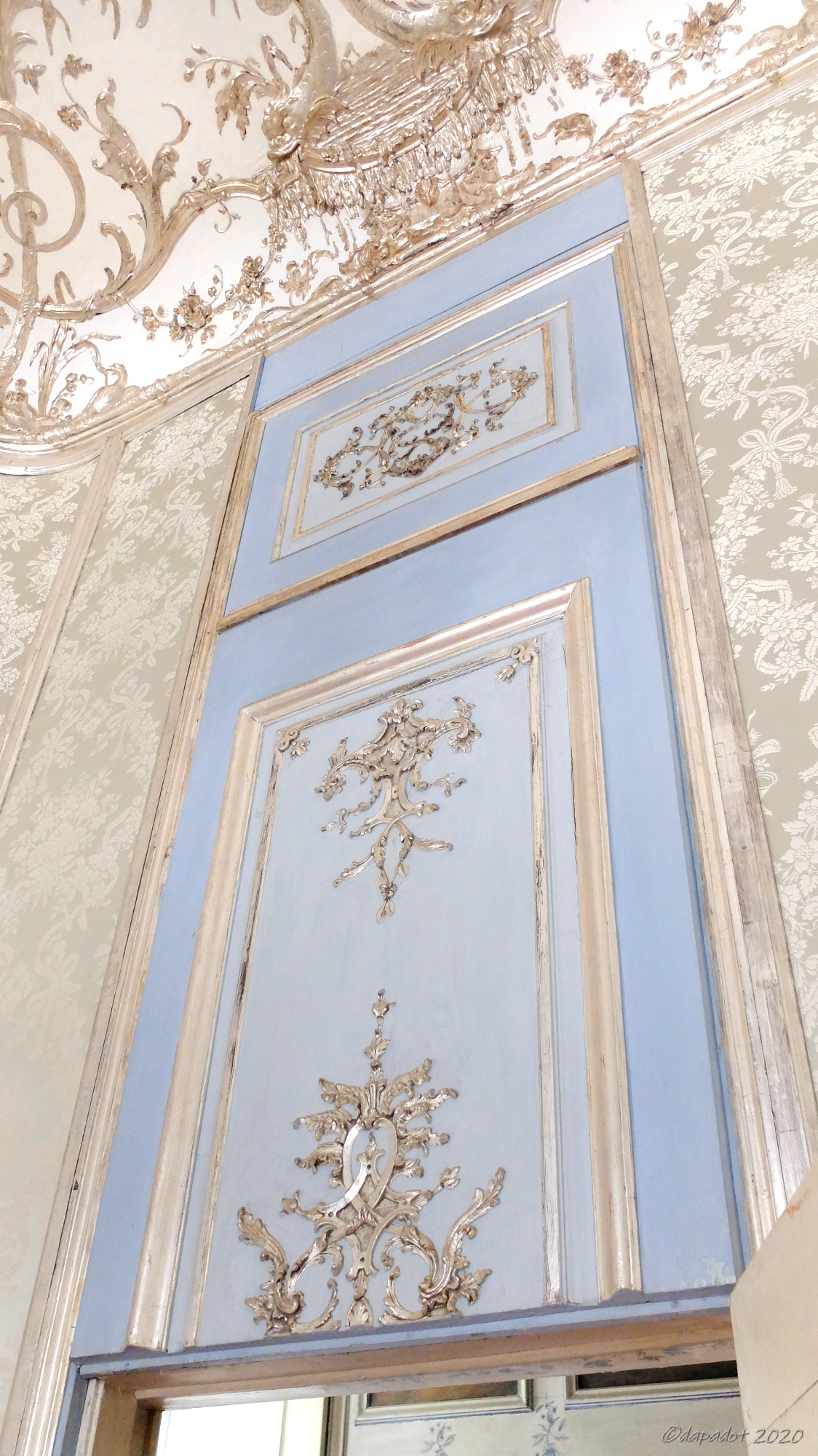






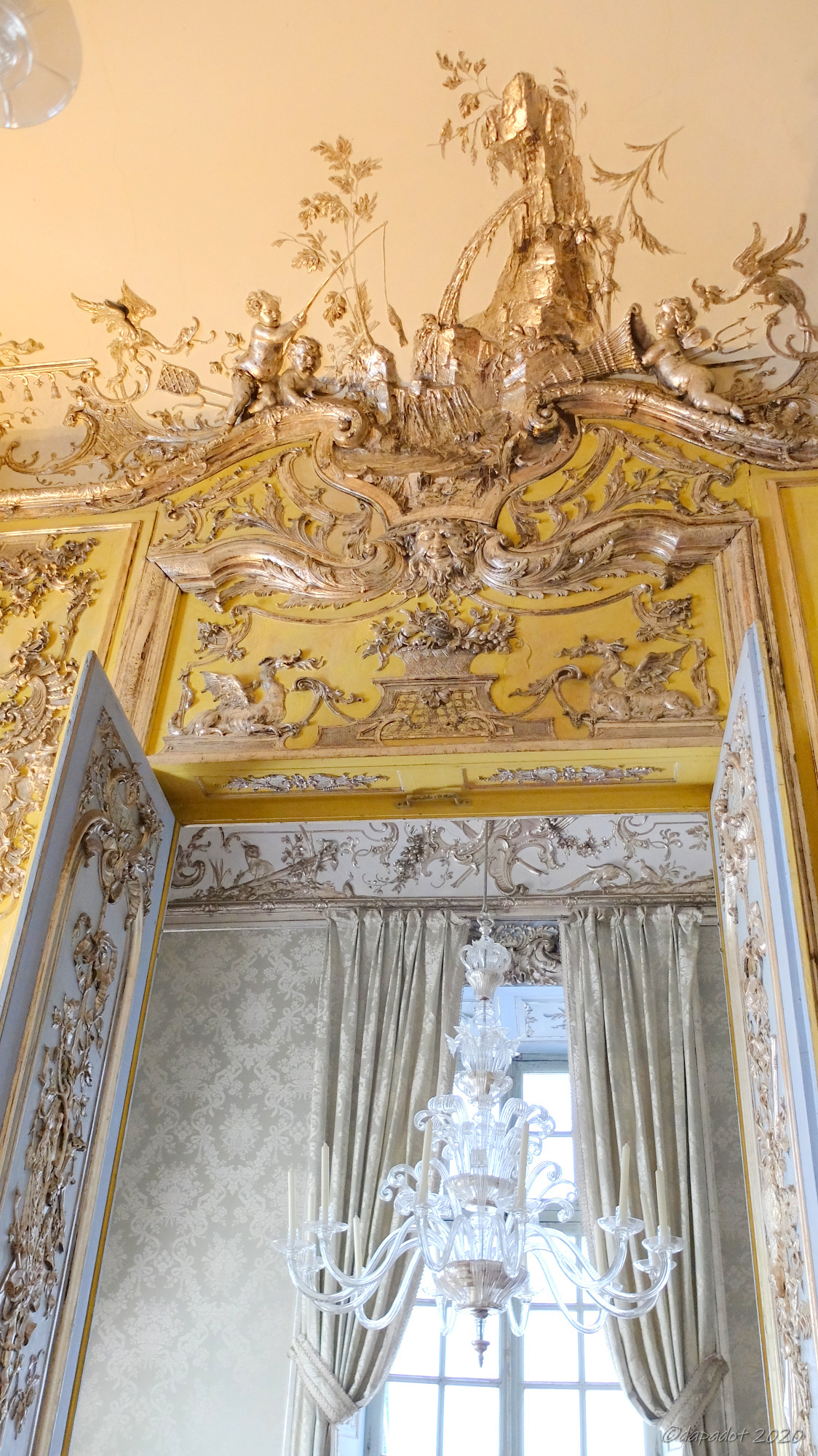










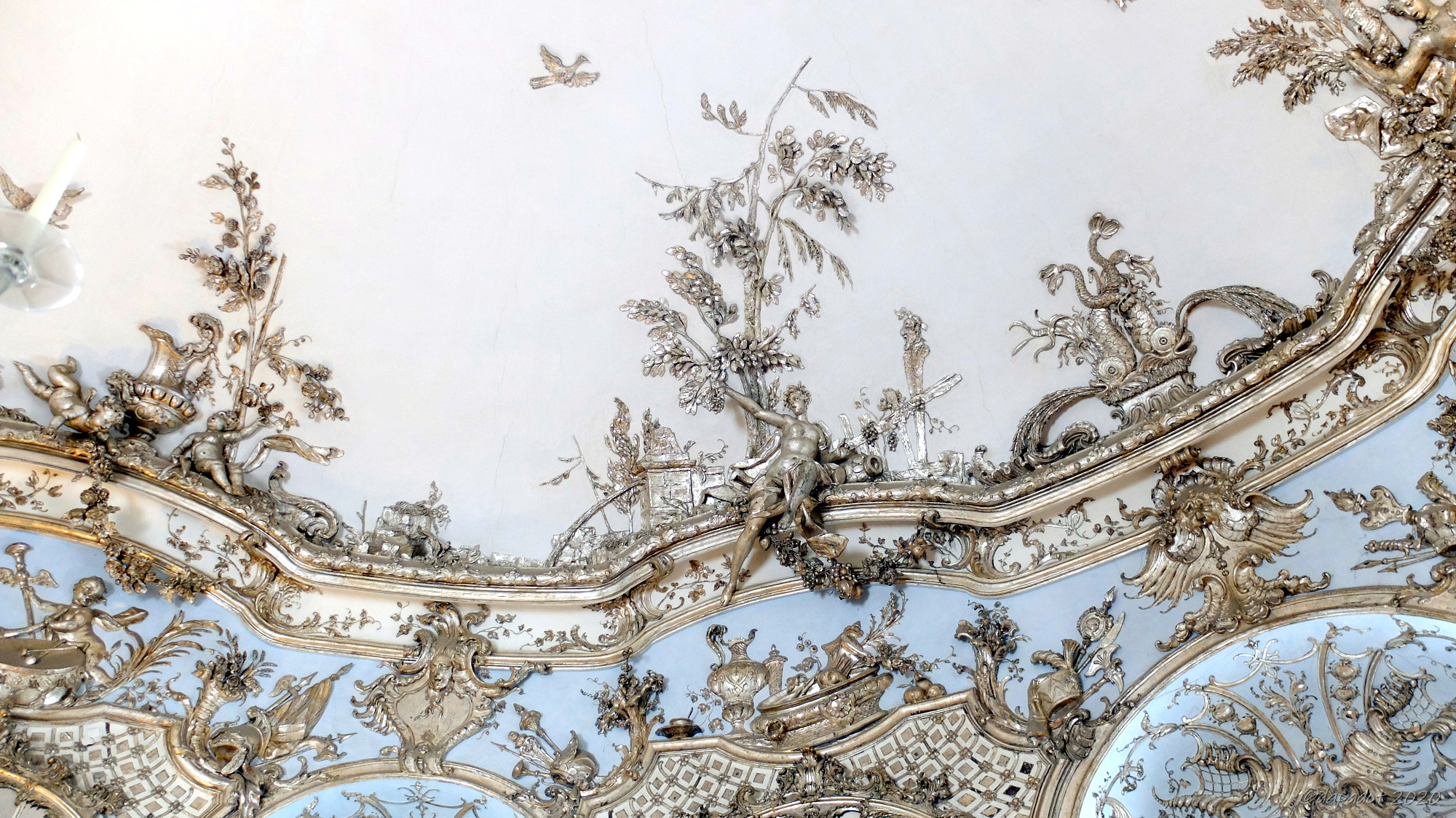







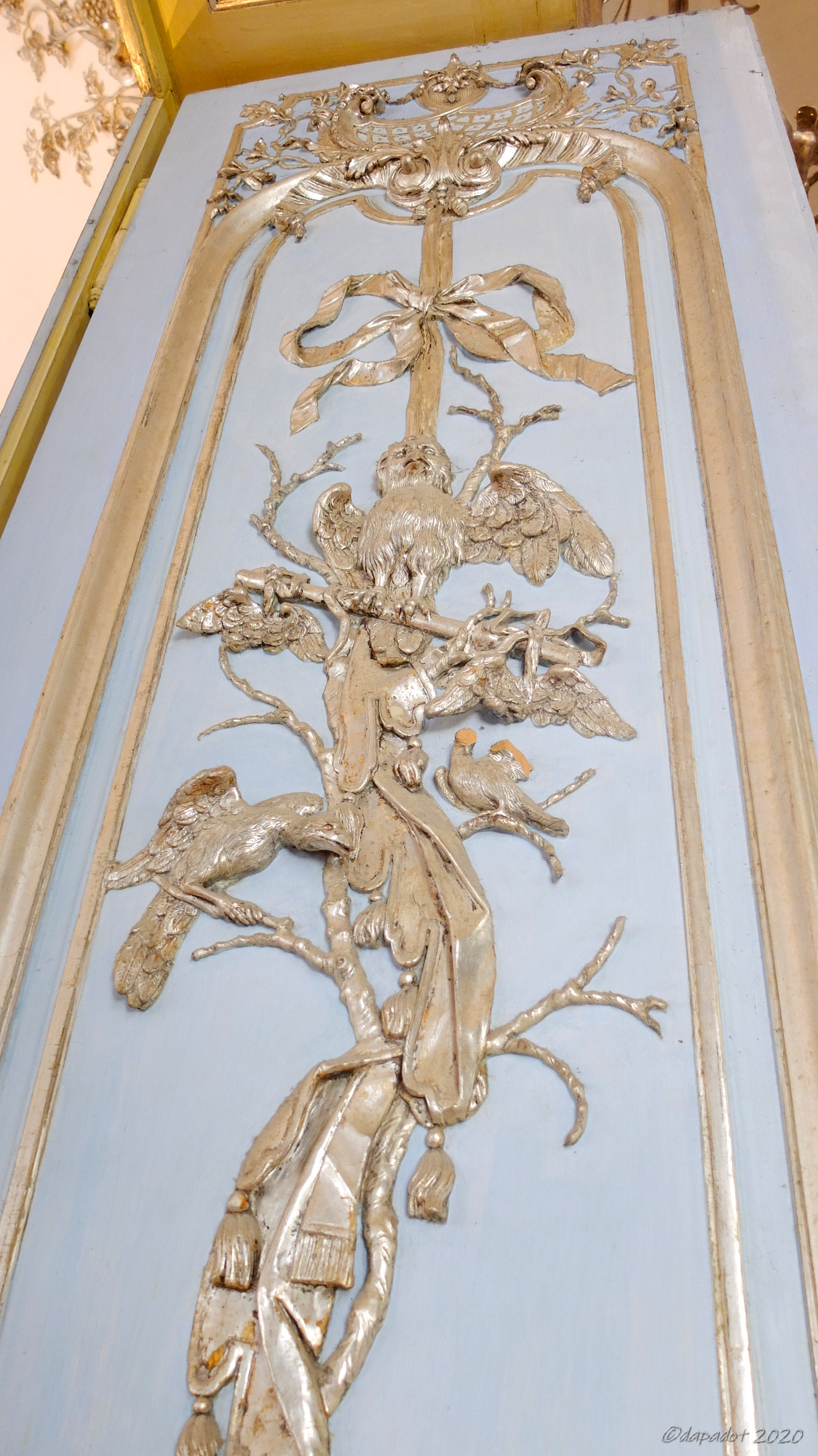


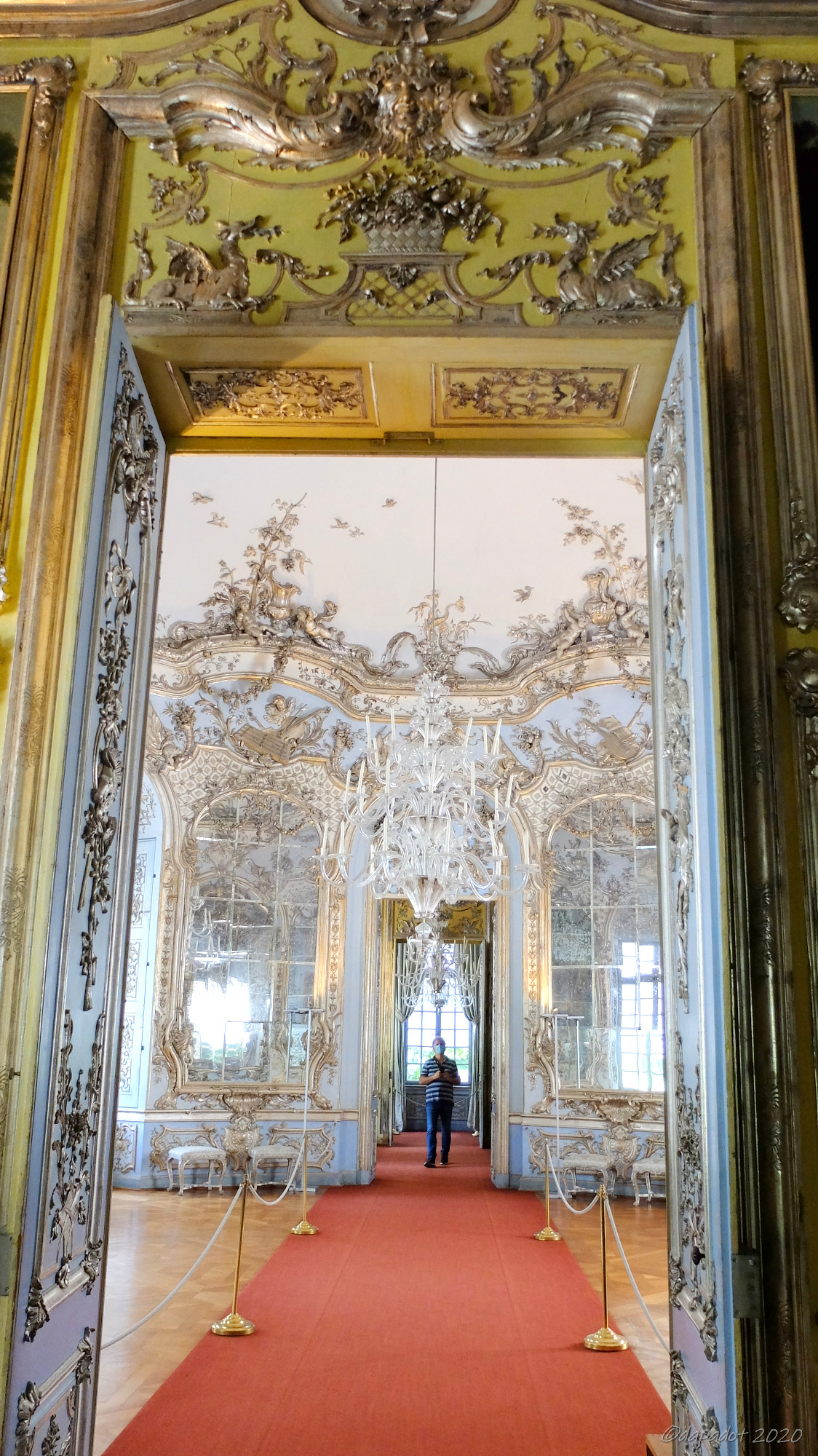








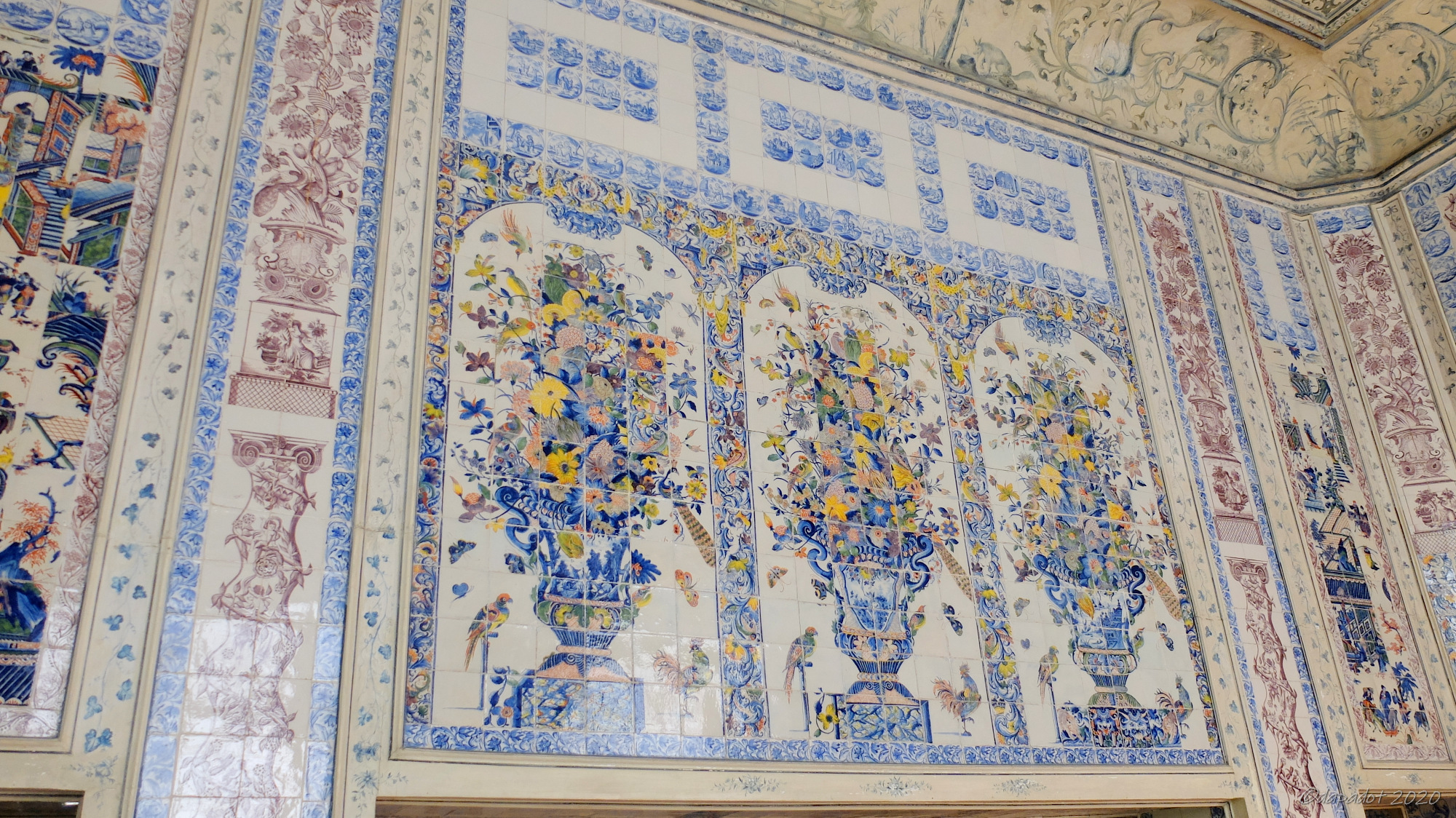





Badenburg





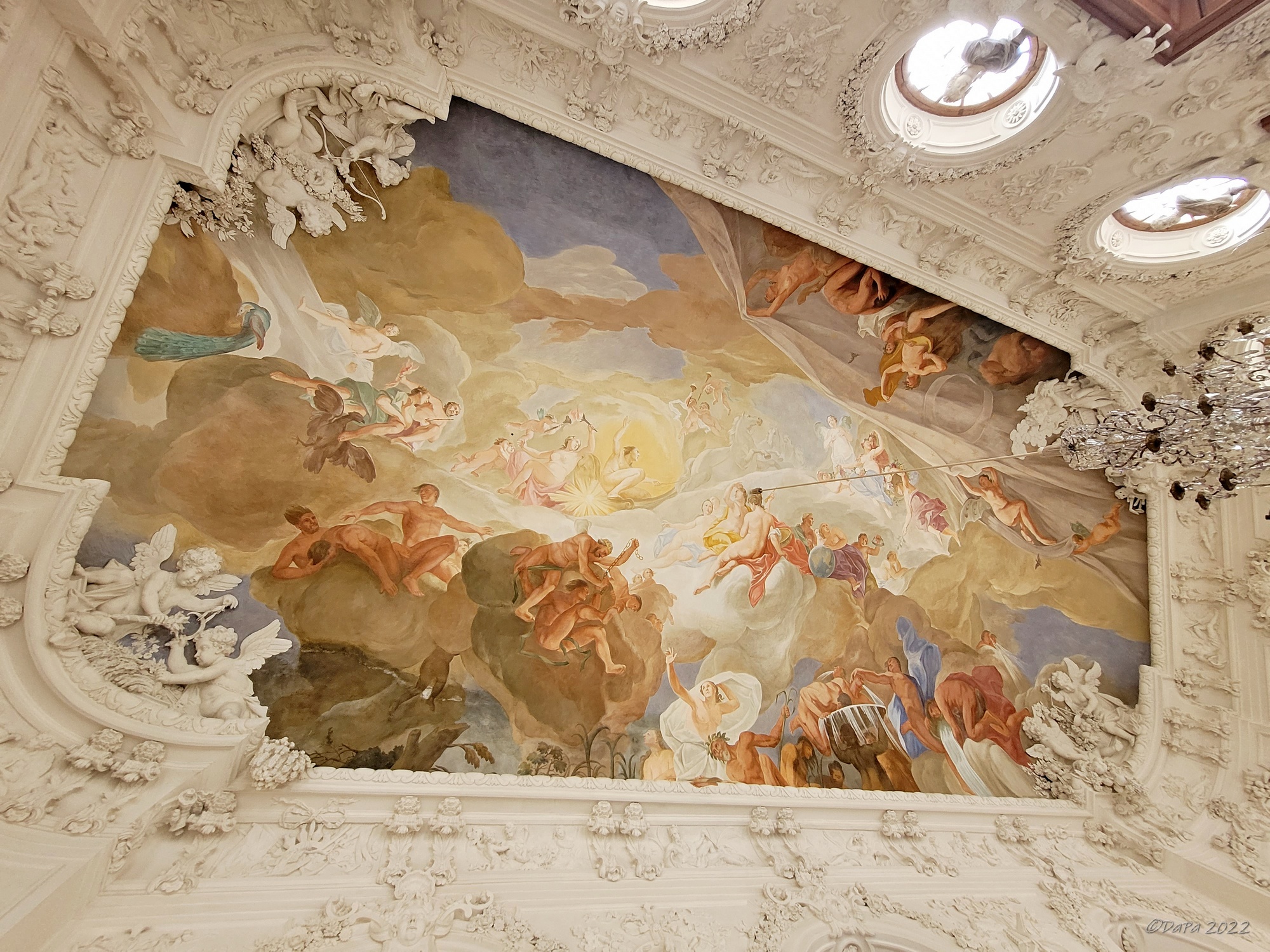
















Pagodenburg











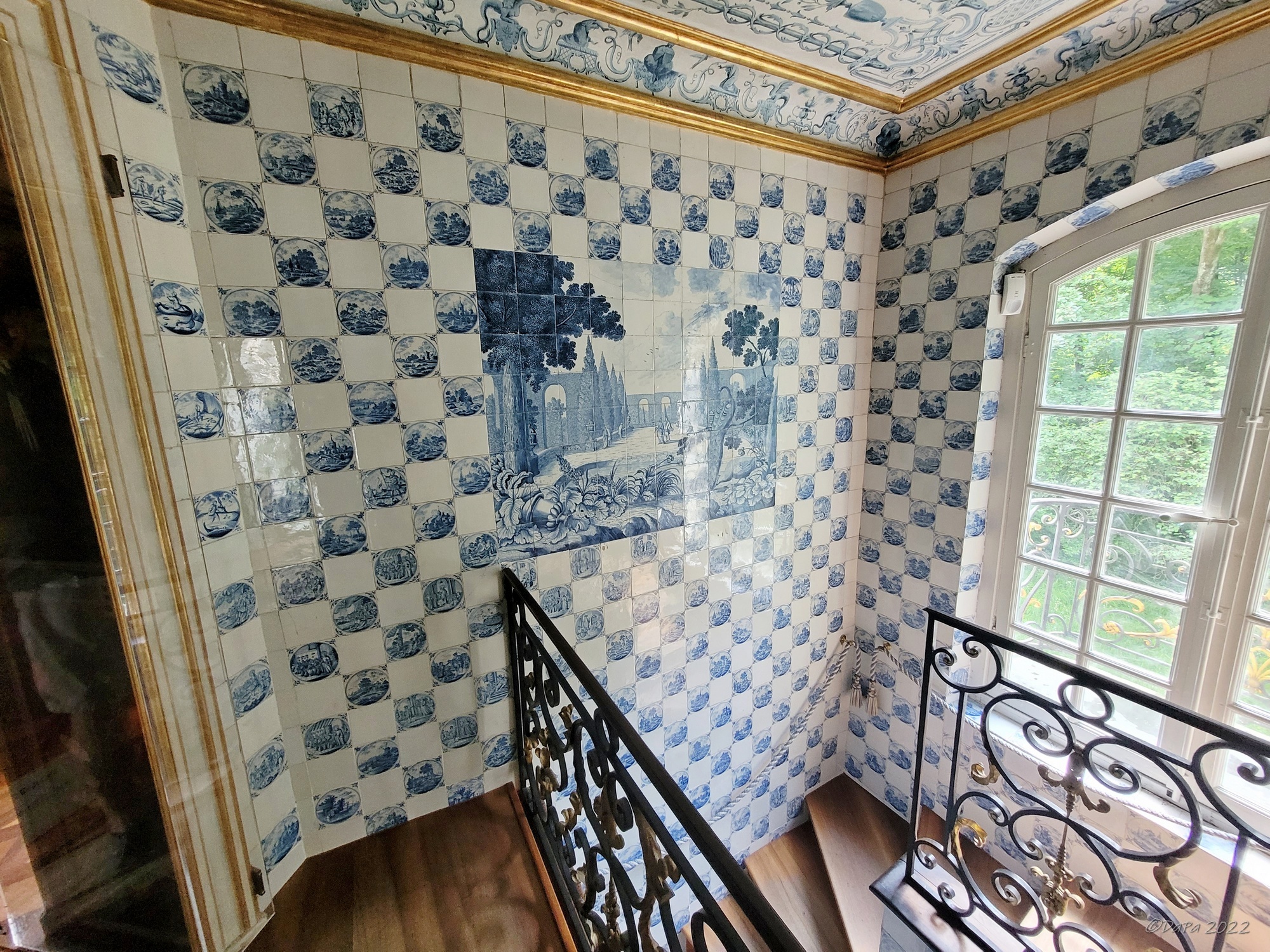




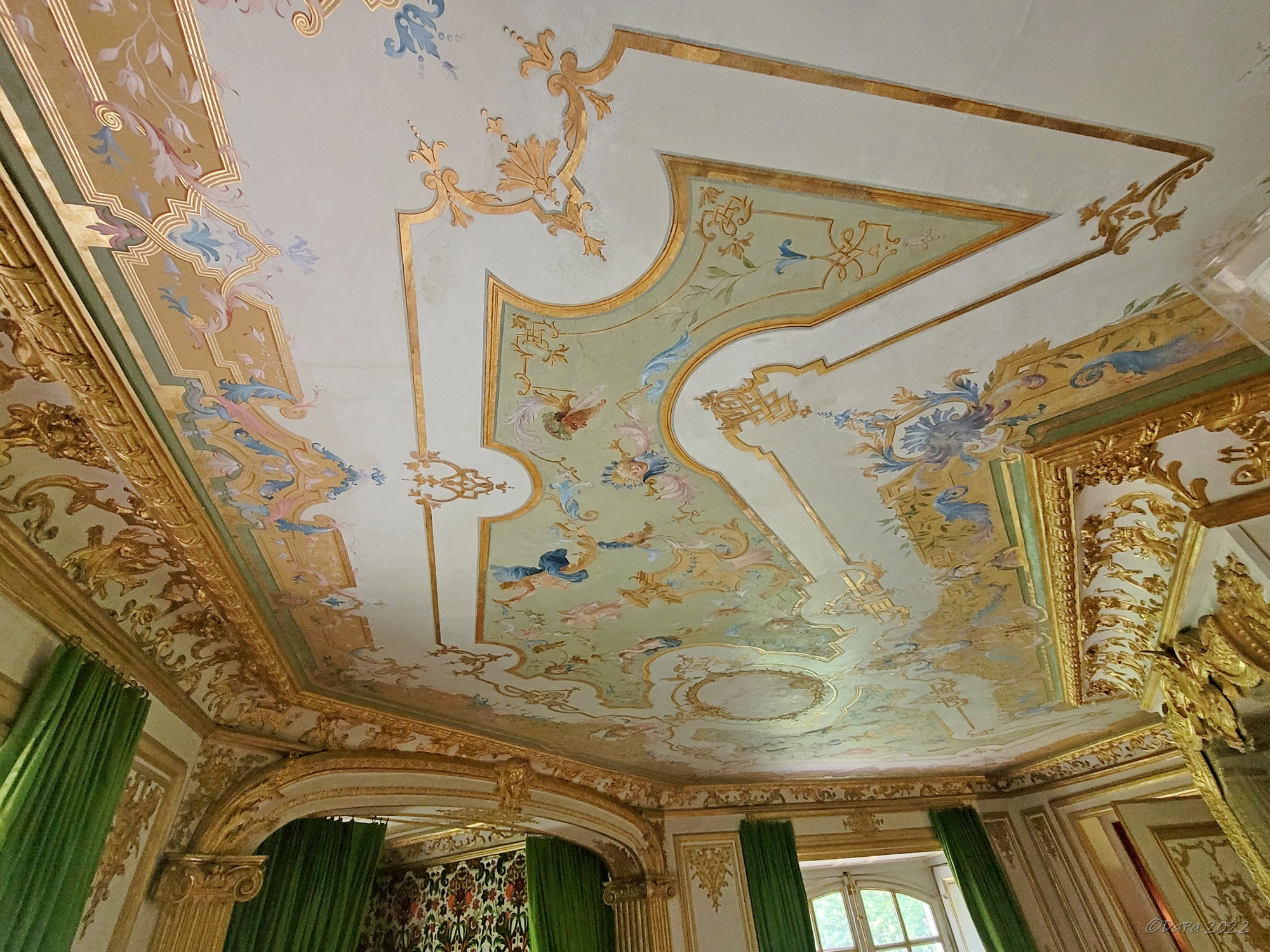




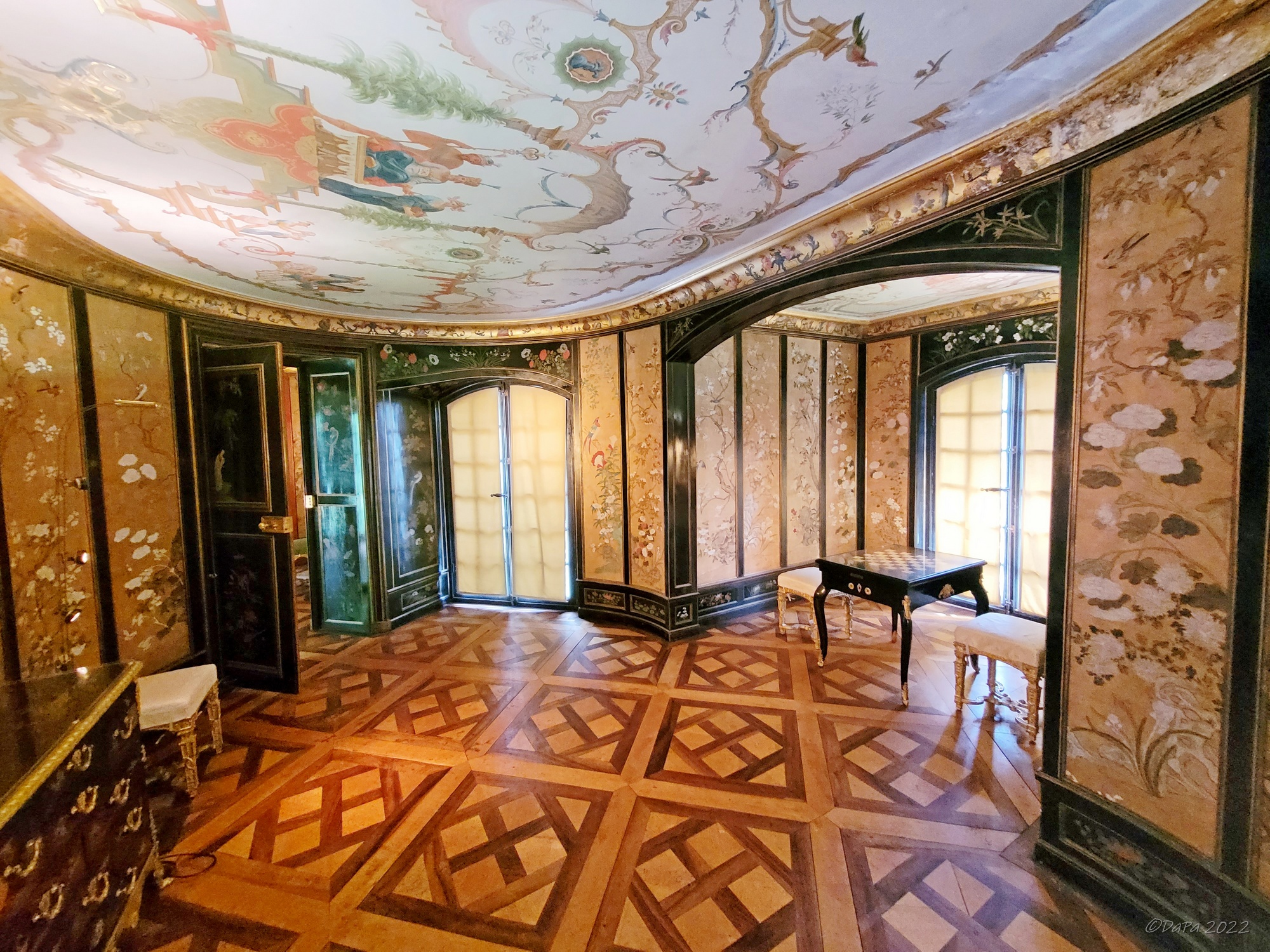






Magdalenenklause








